Meet Vukovar 365, Full of Life - Luka Maksimović Mone
July 28, 2022 – Meet Luka Maksimović, also known as Mone, also known in Vukovar as your go-to wall decorator, logo designer, the guy who can make your ideas come alive in visual form.
Long before there were murals and 3D street art, there was graffiti. This art of old is as present in Vukovar as anywhere else and was even integrated into festivals and events. From simple writings notifying us that they were, in fact, there, to some really elaborate and genuinely awe-inspiring designs, we have it and we love it all.
As for graffiti artists, it sure can be tricky as they always must defend the artist title, trying not to fall on the rebel and destroyer-of-walls side of things. This means that they constantly need to keep improving to impress. Mone has done just that. From the name that you would see a little too often in your neighbourhood, to being commissioned to paint walls and design logos, he has gone from naughty to nice, from kid to artist. We couldn’t be happier to follow along on his journey.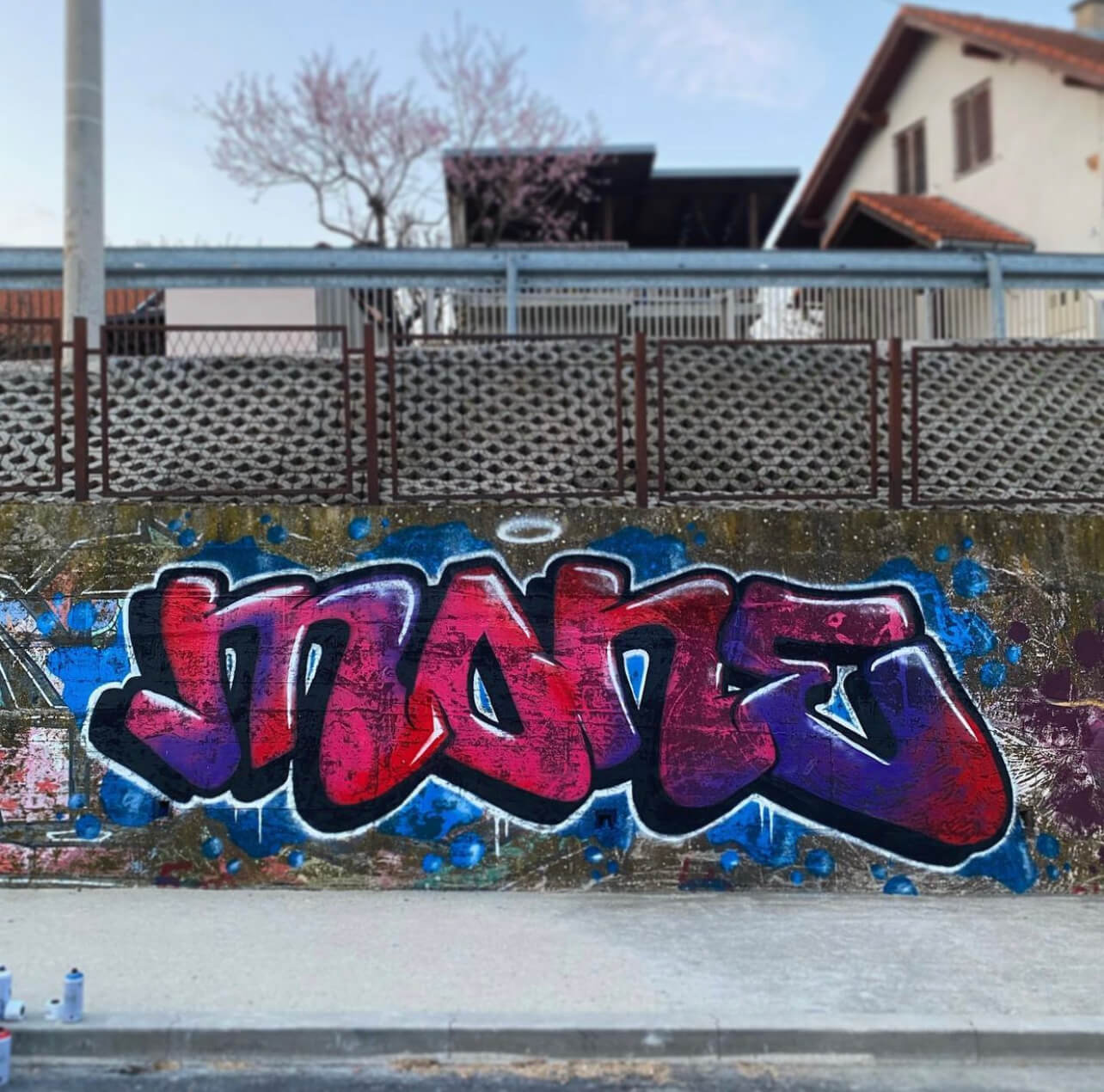
All photo credit: Mone
Tell us about yourself and your alter ego.
I am Luka Maksimović Mone and I'm 24 years old. The nickname was created to hide my identity and it was created through the evolution of nicknames that came from my last name: Maksimović - Maxo - Maxone – Mone.
What is your relationship with art?
My story on drawing starts back in kindergarten, where I had a friend who was great at it. I remember one day when we had a workshop and he drew the Hulk too well. That stuck in my memory and inspired me a lot. At home, I spent time drawing whenever I could. I practiced with my brother, drawing various objects that we could see on the table. Later on, I started drawing portraits, but realism as a direction did not satisfy me. The way I see it, you can just snap a photo.
Drawing quickly became a bit hard and boring, and since I'm a bit of a perfectionist I was by no means satisfied. One day we tried drawing graffiti and that was my first encounter with this kind of art. I remember that I chose the English word "book" and made eyes out of the two letters O and added a mouth below. This was completely new and exciting for me. I started using letters to create all kinds of shapes that came to mind.
Was that when you discovered your hidden talent?
That was when I discovered there were no rules, I could do whatever I wanted, in any style I liked, any size, form, or shape. It all came straight from my head, and luckily I was never short of ideas. As for talent, I wouldn't say that I discovered my talent there or that I am talented at all. I just spent a lot of time at my desk drawing, simply because it was too much fun.

At which point did you go from paper to walls?
Soon after, my brother and I decided to try our first real graffiti. We found a wall and prepared everything, but we weren’t quite ready for the little obstacle that was me. I was too small and couldn't do it! My hands were too small, I couldn't hold the spray and squeeze the cap with one hand, I could barely do it with two hands. That was frustrating and caused my desire to slowly fade away and over time I completely neglected drawing. All until one time, in 3rd grade, during math class, I was so bored I wanted to jump out of the window. Instead, I remembered that I had used to draw graffiti all the time and decided to try it again. As soon as I drew my first lines it took me back. I felt like that child, like I was drawing for the first time. I was really happy with the sketches I made. A few days later, I bought a spray can and finished my first graffiti on the wall. I was intrigued and wanted more. It felt like I went back in time and simply continued where I had left off.
Eventually, you decided to do it in digital form.
While traditional graffiti wasn't bad, it wasn't anything special, and I knew I could do better. I started taking it more seriously and wanted to improve. After trying a few different techniques, I realised I needed a lot of money for the material and ran into a problem. So instead of buying markers and other things, I saved up to buy a tablet for graphic drawing which allowed me to switch to the digital canvas, where I had the best palette in the world, an inexhaustible source with every color imaginable. My mind was made up about what I wanted to do in the future.
What is the plan from here?
I am developing my project and plan to open a graphic design company and some other interesting things along with that. As the idea to open my own company developed, I also fell in love with tattooing. I recently bought a tattoo machine as well, so that will surely become a part ofg my workshop.
Tell us about your clients and projects so far and where we can find you.
I collaborated with various people as a freelancer, creating their visual identities. In Vukovar, for example, I collaborated with the fire department and one of the kindergartens. I also did a few projects with famous people such as Krešo Bengalka, Kukus clan, etc.
To check out my work, follow me on Instagram (@mone1zm).
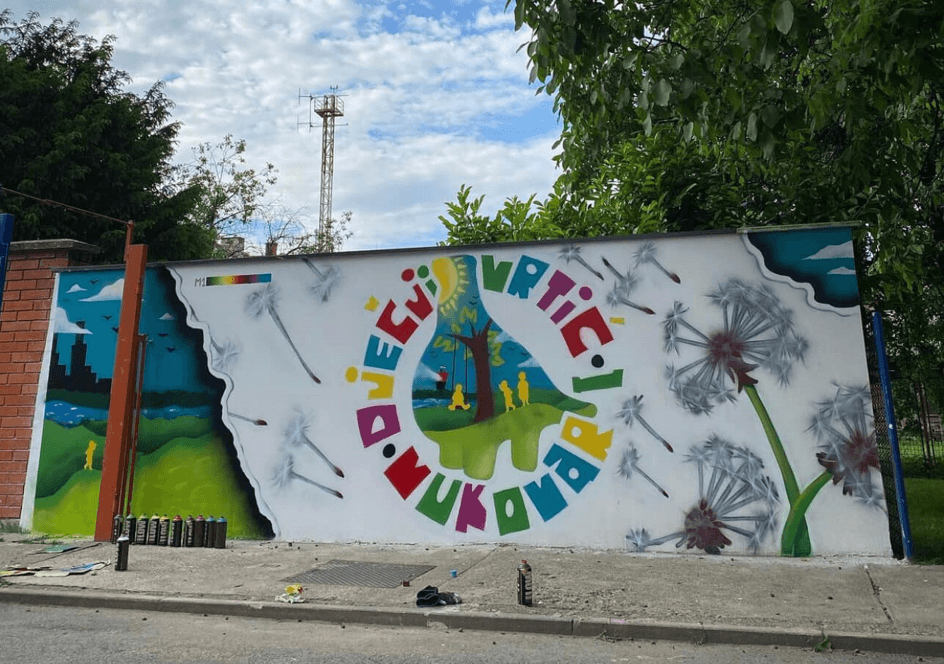
Finally, how is the graffiti scene in Vukovar?
A graffiti scene barely exists here at all, as I'm the only one who does that. However, the city of Vukovar does push for street art a lot through the VukovArt organisation, who have brought many famous street artists from around the world to paint murals on buildings and create 3D street art.
All photos by Mone
For more, check out our lifestyle section.
Graffiti in Zagreb: A Cultural Landmark
February 4, 2022 - The Croatian capital Zagreb is abundant in graffiti ranging from quickly scrawled tags to large, colourful murals. Here is a look into the cultural significance of graffiti in Zagreb, including notable street artists, street art destinations, and its impact on the city's culture.
Zagreb is home to a few notable graffiti artists, recognized both nationally and internationally for their work, including OKO, Lonac, Lunar, Chez 186, Bare & Modul, and more. These artists all work under pseudonyms and display a signature style amongst their artwork.
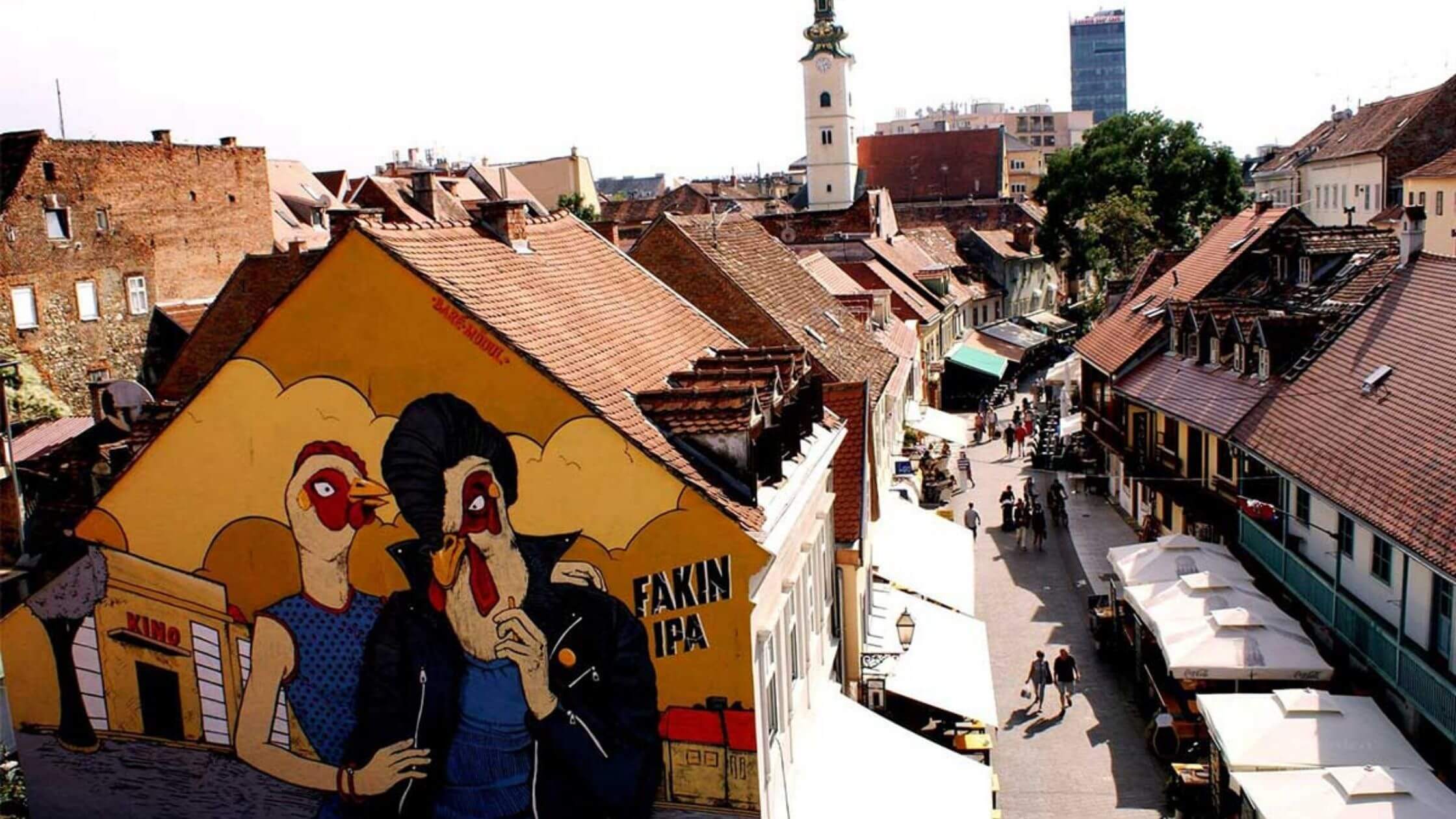
Bare & Modul: Fakin, painted for the Medvedgrad brewery. Photo: Bare & Modul
A fascinating characteristic shared by these artists is their chosen pseudonyms and how they symbolically represent themselves as artists as well as their work. For example, OKO (Croatian for “eye”) symbolically stands for one’s view of the world. The artist’s signature drawn eye, has visually represented the “inner eye” the artist believes we shall all use to look at the “depth behind everything and everybody”, rather than the “shallow image on the first glance,” ever since its debut appearances on Zagreb facades back in 2005.
In 2015, OKO’s 90 metre-long mural, Open My Eyes That I May See, was made as the adornment for the west-facing wall of Zagreb’s Museum of Contemporary Art. The artist has stated that: “Fluidity of street art is an excellent exercise in letting go. It cures you from having to own either material goods or spiritual achievements. It keeps you fresh because you have to keep creating”.
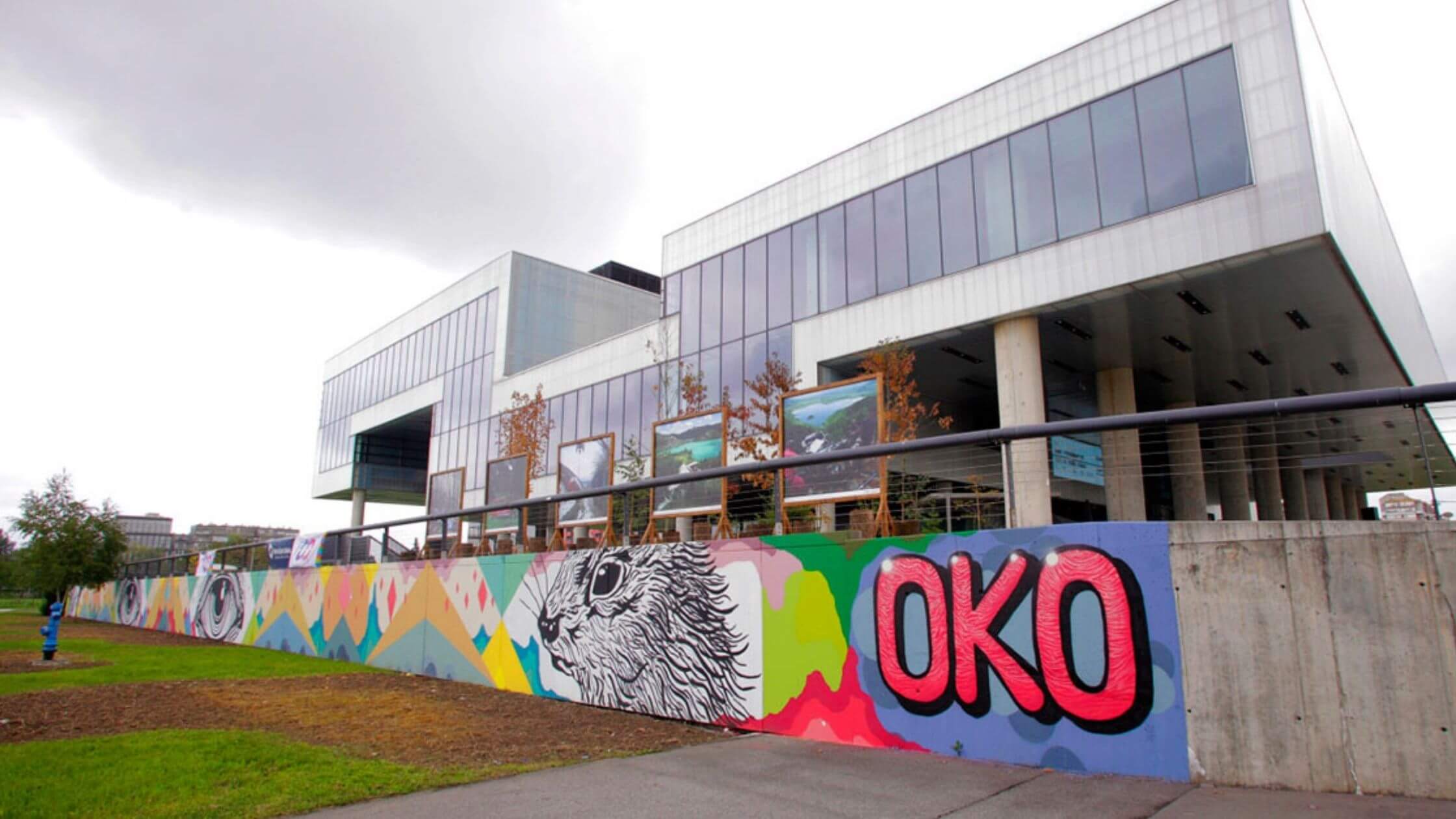
OKO: Open My Eyes That I May See, Museum of Contemporary Art. Photo: Kristijan Smok
Aside from the elaborate murals of the street artists, there is an abundance of textual graffiti, taking the form of mostly name-tags or sentences quickly scrawled onto walls. It would seem that amongst every public building in the city, there can be at least one of such phrases found on its walls, usually relating to themes of society, philosophy, politics, sport, relationships, money and work - to the mockery of writing on walls itself:
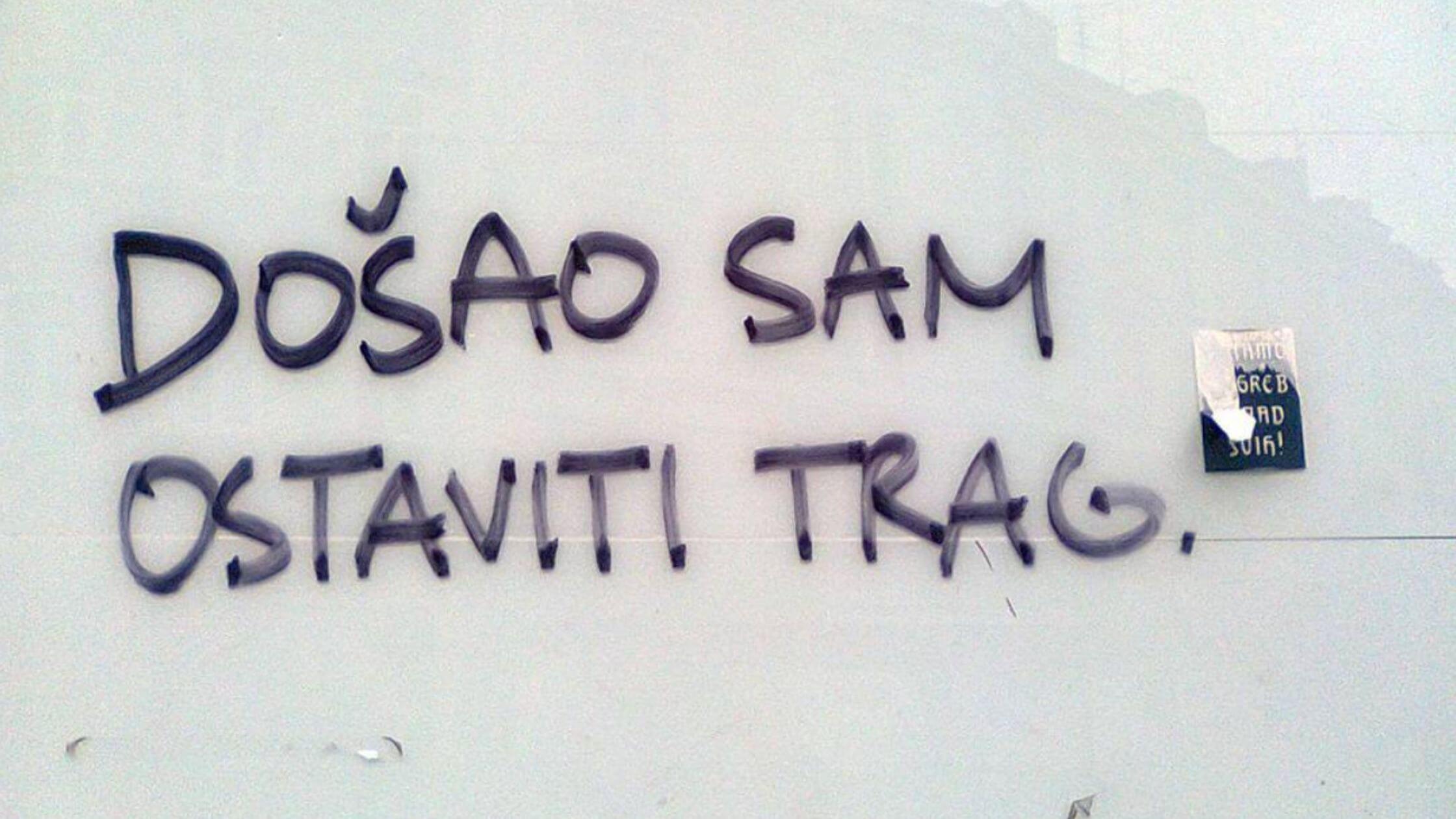
“I came to leave a trace” Indeed you have! Photo: ZAGREBAČKI GRAFITI/Instagram
All in all, they are communicated in a similar dry, sarcastic sense of humour, a display of Zagreb witticism. They have been acclaimed as a captivating and amusing way of expressing statements about society and other common themes, in such a way that it has become an element of youth culture.
Graffiti in Zagreb takes place mostly on privately or publicly owned property. However, many graffiti artists are given the chance to express their art in so-called “street art museums”. Namely, the Branimirova Graffiti Hall of Fame, established in 1999 on Branimirova Street and renovated in 2010 when 80 artists decorated the wall along Branimirova between the main railway station and the main bus station. Or the Zagreb Student Centre, with its endless blank walls for artists to showcase their work - it has received praise as a great open-space showroom of street art murals.
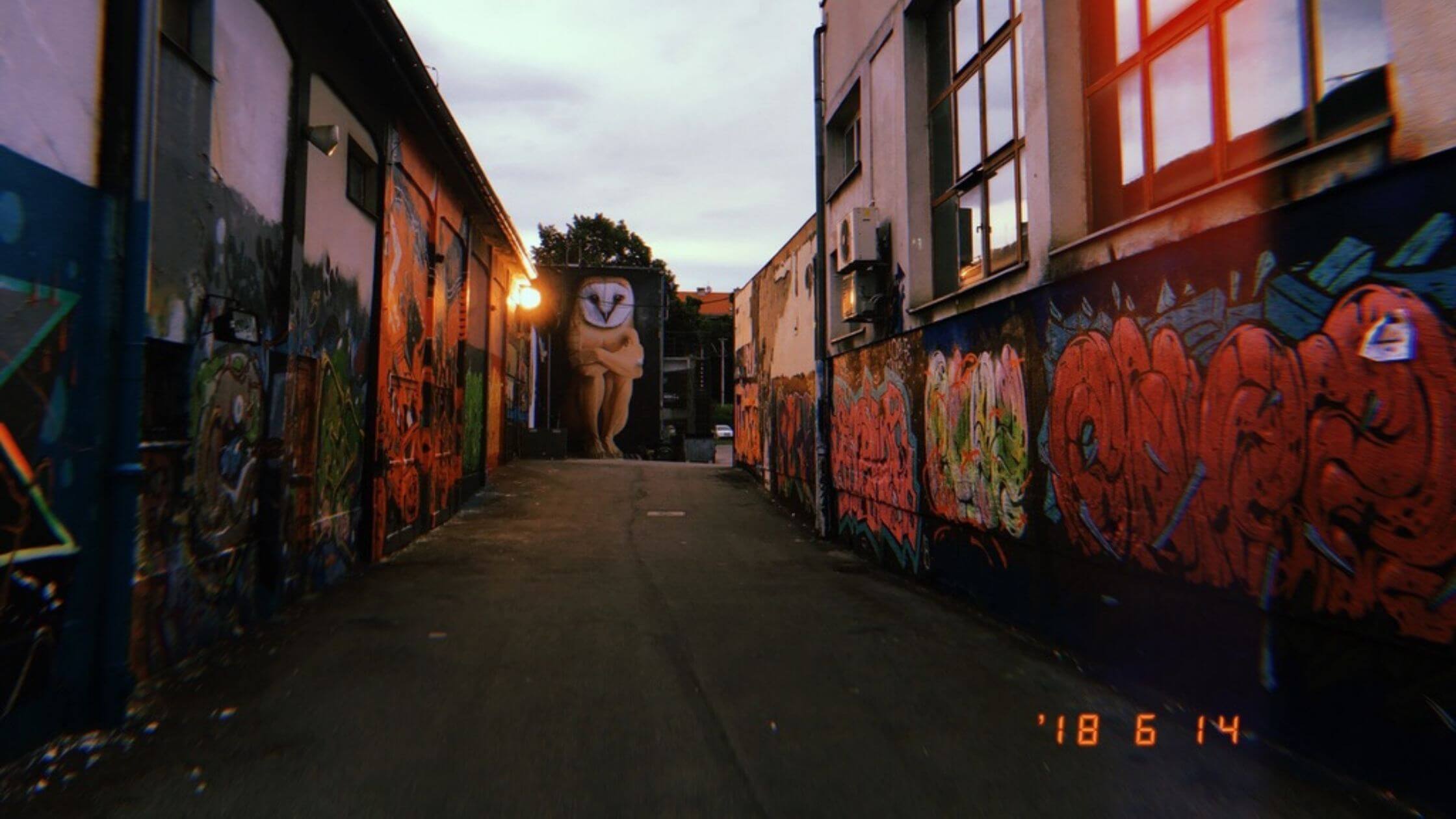
Inside the pathways of the Zagreb Student Centre. Photo: Vivi Albert
Yet, in midst of the praise, graffiti in Zagreb is still met with controversy over aspects such as its bold, striking appearance and the notion that it should not belong in public areas with historic significance, let alone privately owned buildings, as well as the belief that graffiti is an act of delinquency and a reason for youth to spread messages of disorder and provocation - which gives prominence to the boundary between art and vandalism that seems to exist within the art form. Graffiti in Zagreb has also faced controversy for its contribution to spreading messages of hate and antagonism, particularly fascism and xenophobia. But above all, graffiti has also been under fire of intolerant opinion of it not belonging on public display at all, regardless of whether it has been consented to, which boils down to merely an act of close-mindedness towards the art form as a whole. Regardless of where one stands concerning the polarising opinions surrounding the graffiti of any city, one can’t argue with the fact that it leaves an impact on its culture and is thus of significance to the city to some degree.
Graffiti in Zagreb has received praise not only for its artistic merit, but for being a major part of the city’s culture, from natives and tourists alike. Travel blogs such as Time Out are recommending Zagreb street art as a must-see in the city. There is even a street art tour, Meet Street Art(ist), the first and only street art tour in Zagreb, guided by street artists and other people involved in the street art scene in which one can learn about street art culture, meet street artists, visit galleries, and the unique Art Park, conjured by street artists as a space to display their murals and host workshops and events in a now popular “hang out” spot.

Wall in Zagreb Art Park. Photo: Fred Romero/Flickr
And for street artists, graffiti acts as personal guidance. To Chez 186, graffiti provides “financial safety and personal satisfaction, peace, and happiness above all”. To Šumski, each of his works is “one step towards something that doesn’t end. Each of these steps makes me who I am”. To Lonac, it’s a personal grounding: “For me, street art is a creation on the street. The work which you do belongs to you, everyone, and to no one. You can not sell it. It is a piece of the facade and that’s it”. To OKO, her art is a way of freedom and self-expression and, as she humorously puts it, “no meeting with curators or media, or anyone you need to explain your brain [to], except maybe cops if they catch you”.
To read more about Croatian arts and culture, check out TCN’s dedicated lifestyle page.
PHOTOS: Huge New Street Art by Zagreb's Lunar in Rijeka and Dobrinj
December 2, 2020 – Streets have been noticeably quieter over recent days, although not by one building in Rijeka and a roadside in Dobrinj, Krk island, where renowned street artist, Zagreb's Lunar, has left two huge new murals
The cafes are closed but, what's more, there's a chill in the air. It's not only the lockdown that has made the streets of Croatia more quiet than usual at this time of year. Over recent days, temperatures have dropped to around zero when the sun falls. And it falls early. The light can be gone by 5pm.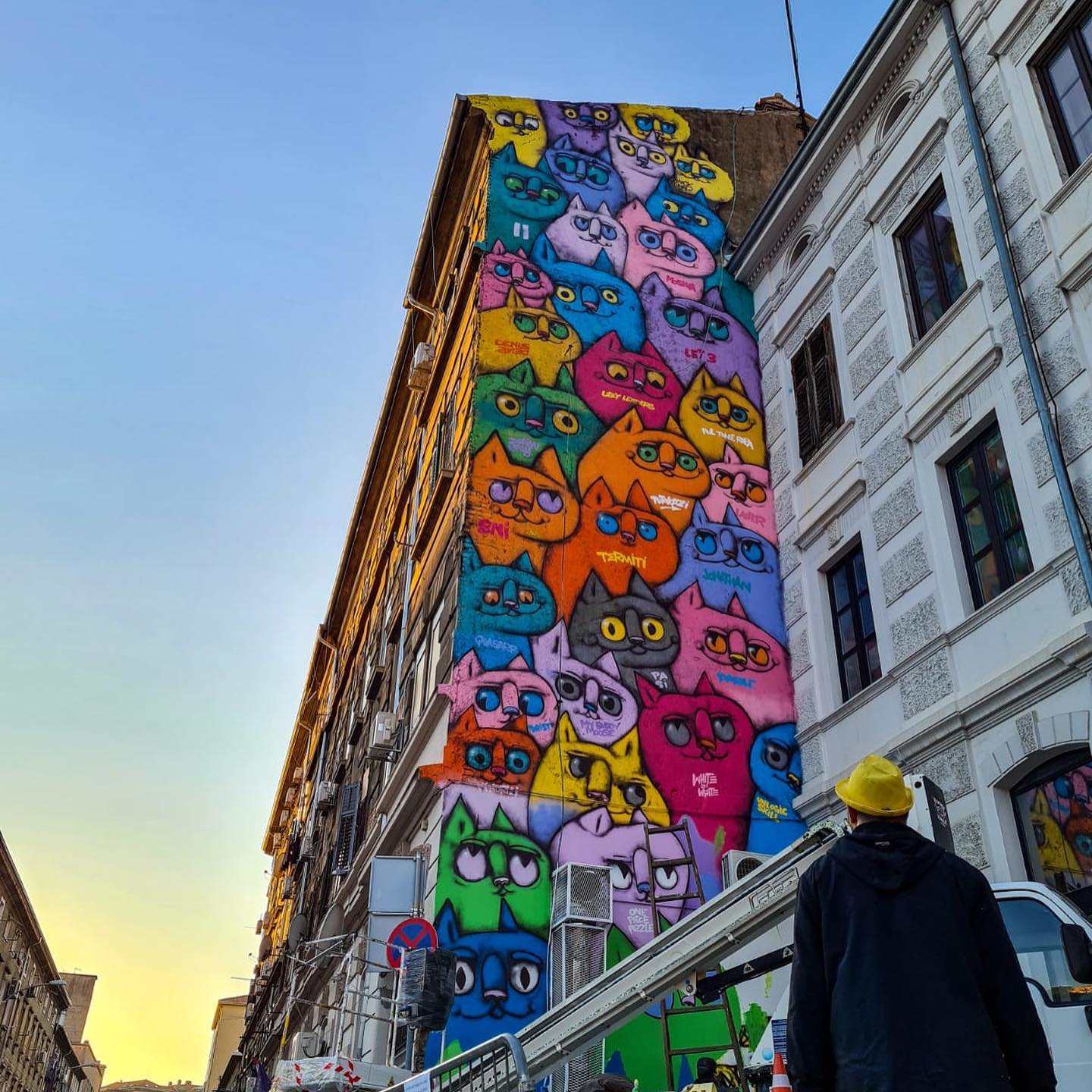 Rijeka
Rijeka
Exercise or a simple pleasant stroll around the Christmas lights have been all that's been drawing folks out onto the streets after dark, save for the food delivery guys whose bikes whizz past you faster than ever in the chill. Even during the day, the streets of Croatia are quieter than normal because of the lockdown.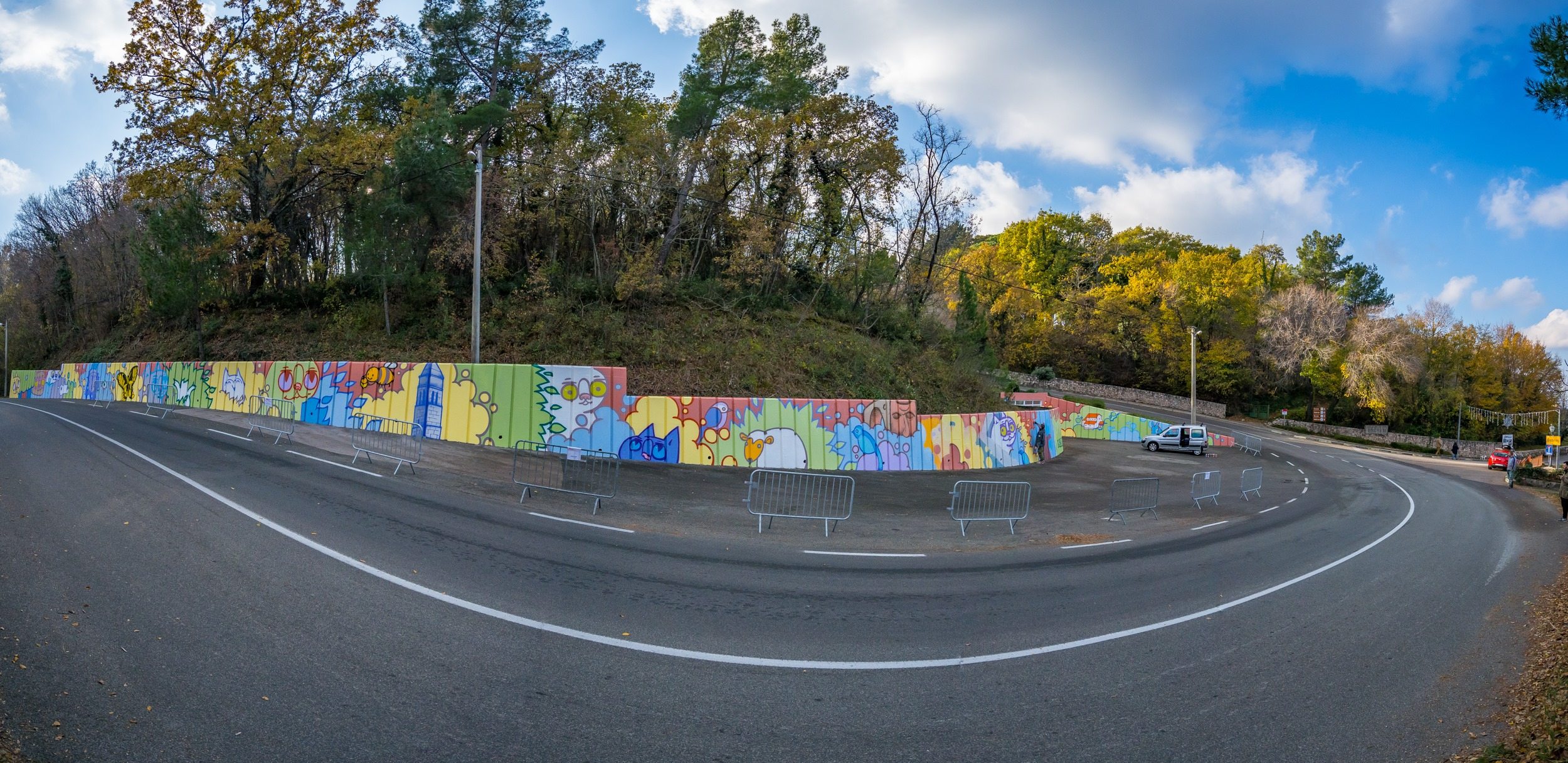
Dobrinj
But, these days haven't been anything other than normal for acclaimed artist Slaven Kosanovic aka Zagreb's Lunar. The cooler temperatures have only meant wearing more clothes and the quieter streets have not made his careful craftsmanship any quicker. His sometimes vast murals often require him to be above pedestrians passing below, up a ladder or even on a crane.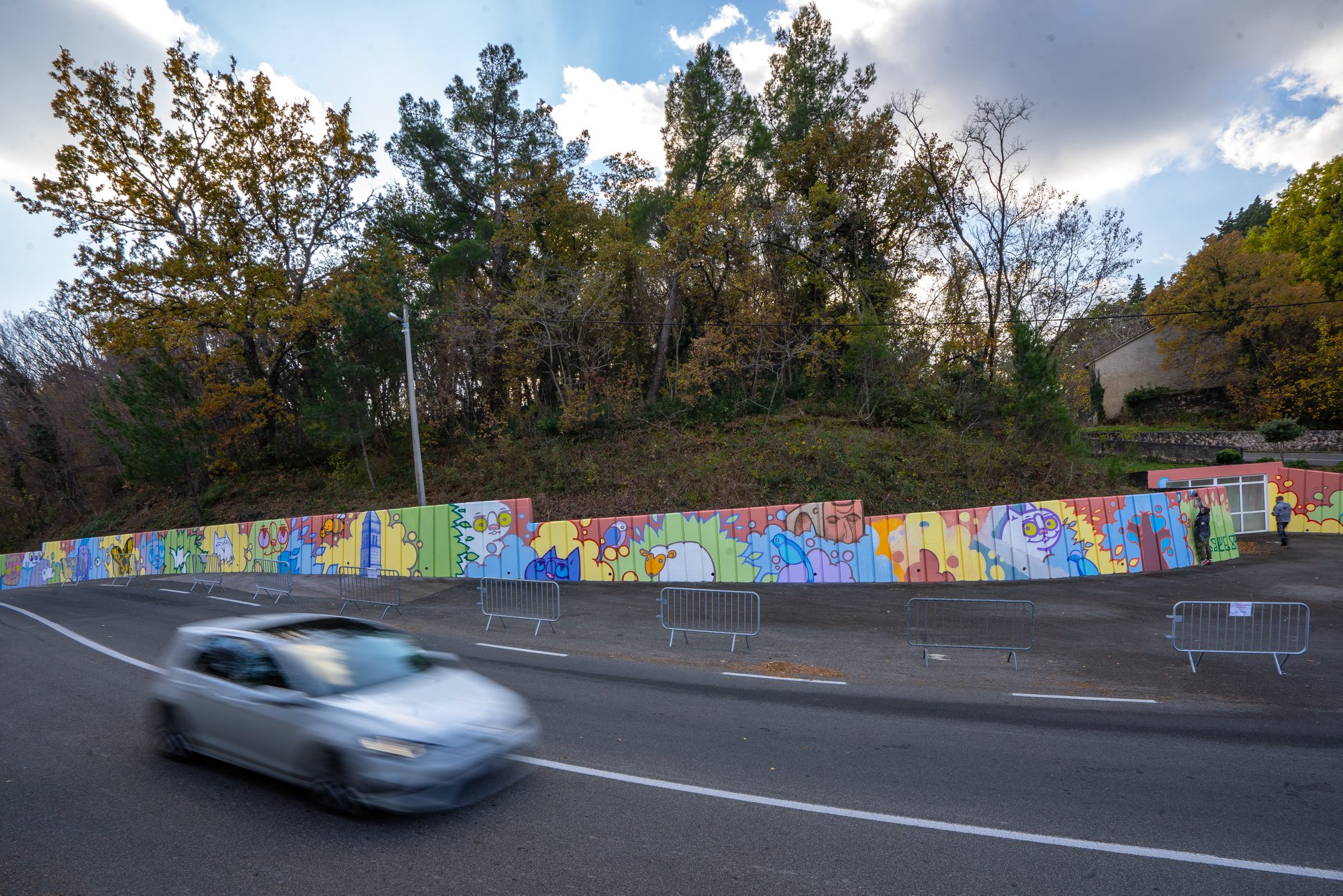 Dobrinj
Dobrinj
The two new paintings of Zagreb's Lunar definitely fall at the larger end of the works he has produced over the last 25+ years. One towers above street level on an entire building facade in Rijeka. So tall is the painting that trying to take it all in could strain your neck in the wrong wind. The other piece, in Dobrinj, Krk island, is just as epic, although this vast canvas lies horizontal, by the roadside.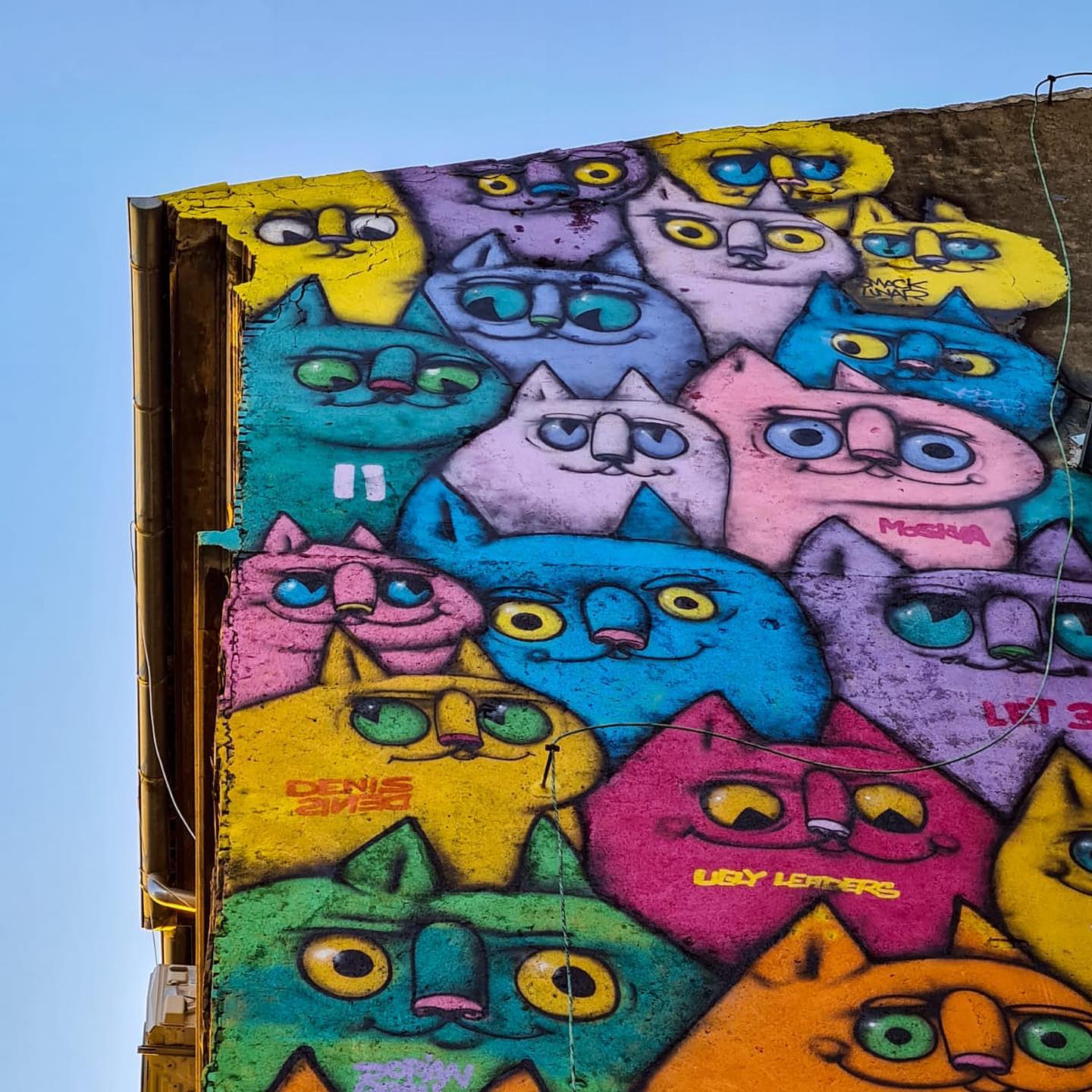 The Rijeka mural is dedicated to the city's music scene - you can spot some of the names of famous Rijeka bands in the painting
The Rijeka mural is dedicated to the city's music scene - you can spot some of the names of famous Rijeka bands in the painting
The Rijeka mural of Zagreb's Lunar, which he painted alongside his brother, with whom he often collaborates, is a four-story wall of cats dedicated to Rijeka's famous music scene. The mural took two days to complete. In the mural, you can spot the names of many Rijeka music groups like The Siids. Let 3, Denis & Denis and Jonathan. The mural is another part of the manifestations organised in celebration of Rijeka 2020 Capital of Culture.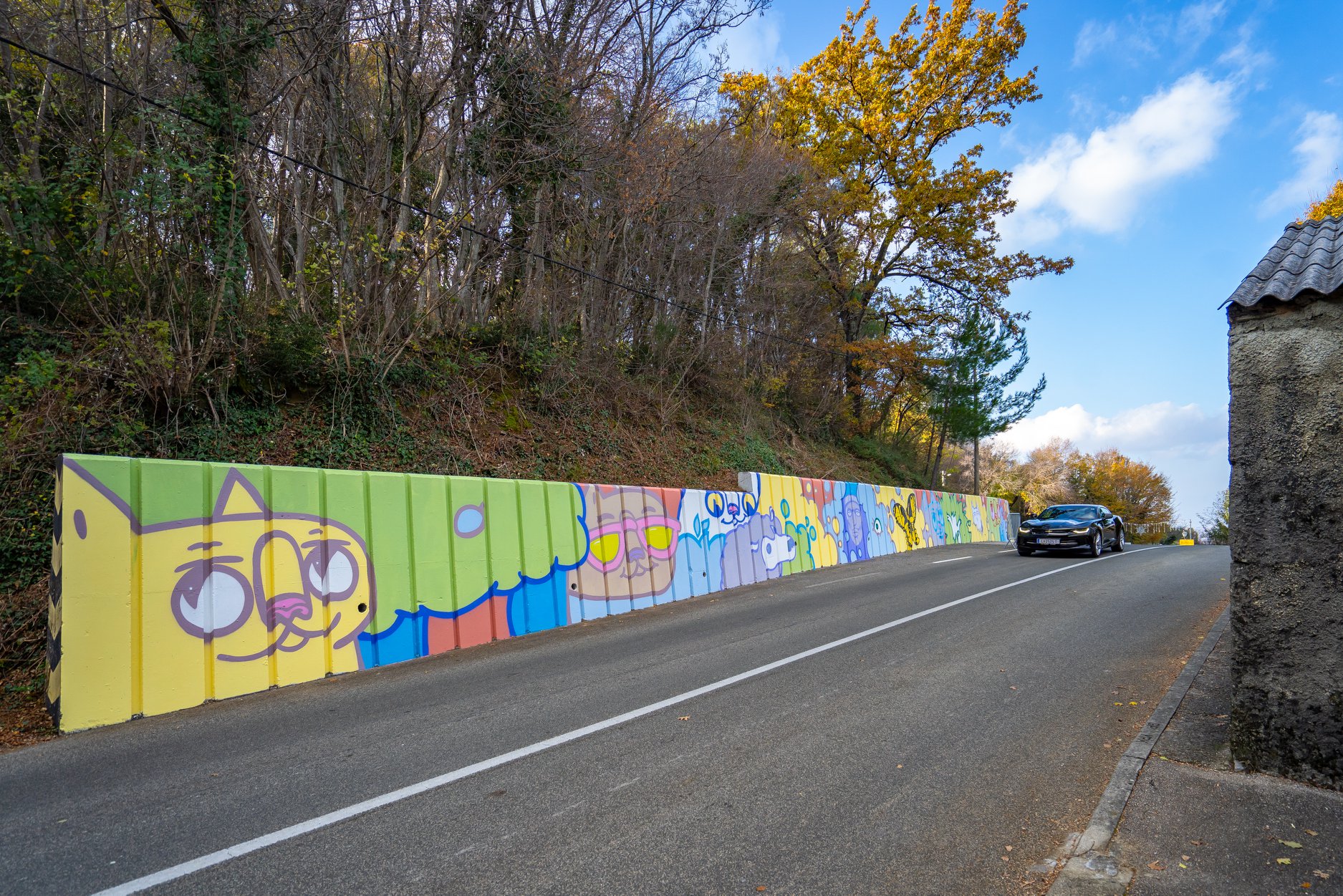 Dobrinj
Dobrinj
Krk island is a well-known tourist destination, but the pretty inland village of Dobrinj is far from the regular path of visitors. Anyone travelling past the enormous mural Zagreb's Lunar and his brother have left here will surely remember the name of Dobrinj. It may well entice some to come looking for it – it is by far the largest piece of public art on the island. It was facilitated by the community organisation Kulturni Dobrinj.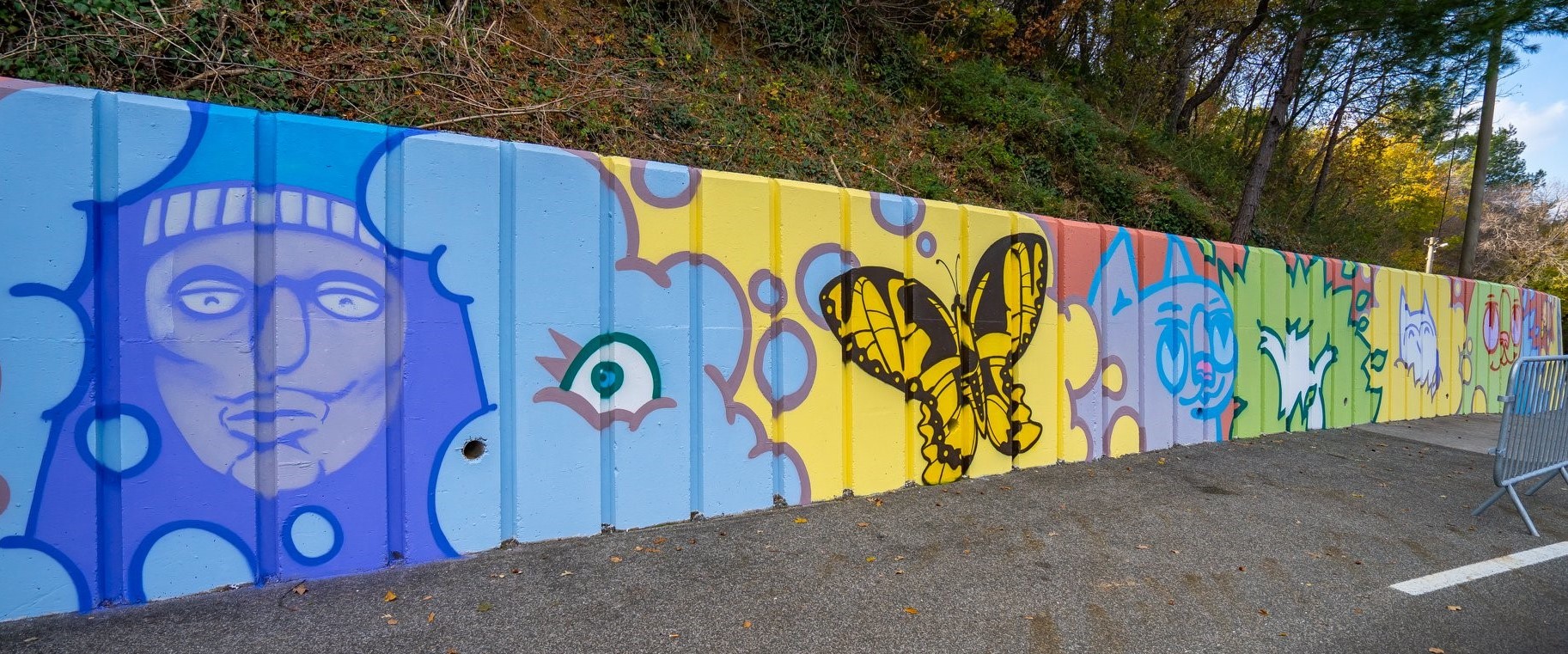 Dobrinj
Dobrinj
All photos © Antonija Diklic (Rijeka) Damir Jevtic (Dobrinj)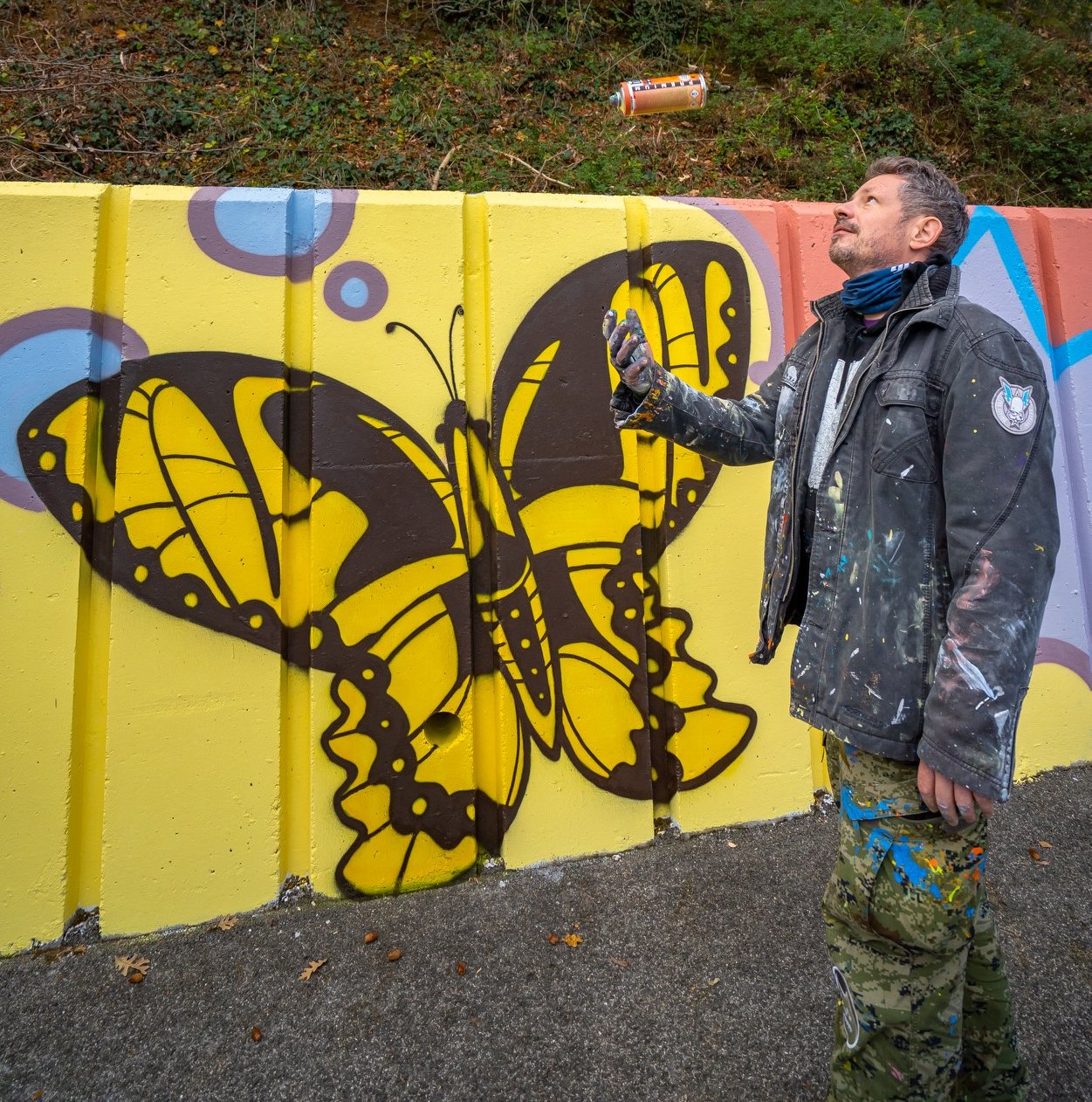 Dobrinj, with the artist, Slaven Kosanovic aka Zagreb's Lunar, on the right
Dobrinj, with the artist, Slaven Kosanovic aka Zagreb's Lunar, on the right
City Street Art Decorates Garage of City Center One in Split
September 14, 2020 - Colorful tones, graffiti, and murals have turned Split into a small outdoor stage in recent days, giving it a completely different and fresh look. And this, thanks to the City Center one project called 'City Street Art', which was designed to revive selected wall surfaces in the garages and at the entrances to the center, all to bring this kind of art closer to their visitors, reports Dalmatinski portal.
Street art has been attracting more and more attention in Croatia lately. One of the most deserving people for that is certainly Marko Boko, the organizer of the popular festival 'Graffiti on the grill' (Grafiti na gradele), which is held every summer in Bol on Brač. Wishing to enrich their spaces with color and interesting content in the form of murals and graffiti, City Center One Split invited the artists of the collective to help them with that.
Thus, Lonac, Chez 186, and Sarme threw themselves into painting areas over 500 square meters, which were basic and white, and in addition to giving them a whole new dimension, visitors were able to witness the creative process live and get to know more about this form of creativity and art. Across five days, ingenious colorful street art and graffiti works were created, which will continue to beautify the surfaces of the Center.
With the 'City Street Art' project, another curiosity is attached. Namely, as skateboarding is one of the street sports that is naturally associated with this street art, and Split doesn't have an outdoor skateboard park, nor ramps, City Center one decided to donate a large skate ramp to the Split skateboard club Kolo, which the club will place outdoors of the Gripe Sports Center in Split. In this way, they enabled the members of the club, as well as other skates, BMX, and related enthusiasts to enjoy these sports without hindrance and try various tricks.
It is best to see for yourself the grandeur and uniqueness of these street works of art, and given that graffiti and murals are a fantastic background for photography, in an Instagram competition held from 14 to 23 September, City Center One will reward the most original works with unforgettable shopping.
For the latest travel info, bookmark our main travel info article, which is updated daily.
Read the Croatian Travel Update in your language - now available in 24 languages
PHOTOS: Five Amazing New Murals Vukovar Street Art 2020
Sunday, 6 September 2020 – The Vukovar street art 2020 event VukovArt has just finished. Here are the five fantastic new works its left in the colourful Slavonian town.
The paints have dried, the scaffolding has been removed and all but the last few organisers have set off home. But, though VukovArt, the annual Vukovar street art 2020 has finished, the paintings from this year will remain.
These wonderful new works join a spectacular series of paintings which decorate the town, thanks to previous editions of VukovArt (you can check them ALL out on this link). Residents of the town now live their everyday lives among these incredible pieces of public art.
Here's a look at the Vukovar street art 2020 collection and a little from some of the artists who've made them.
OKO (Croatia)
Because he’s Mister Strength, Courage and Health
Human bodies, dressed in Victorian finery, topped with the heads of animals and, especially, birds; OKO's intricate and sometimes sinister designs have been seen at Zagreb’s Museum of Contemporary Art, Victoria and Albert Museum in London, the European Parliament in Brussels and in more proletarian spaces such as Zagreb’s Medika club and Theatre &TD. Her murals are often similar, only produced on an industrial scale.
"I chose to paint a bear because this animal often symbolises amazing strength and endurance," OKO told TCN. "When they invited me to paint in Vukovar it seemed like best possible symbolism for a city that endured so much and yet which still stands strong.
Boogie (Germany / Switzerland)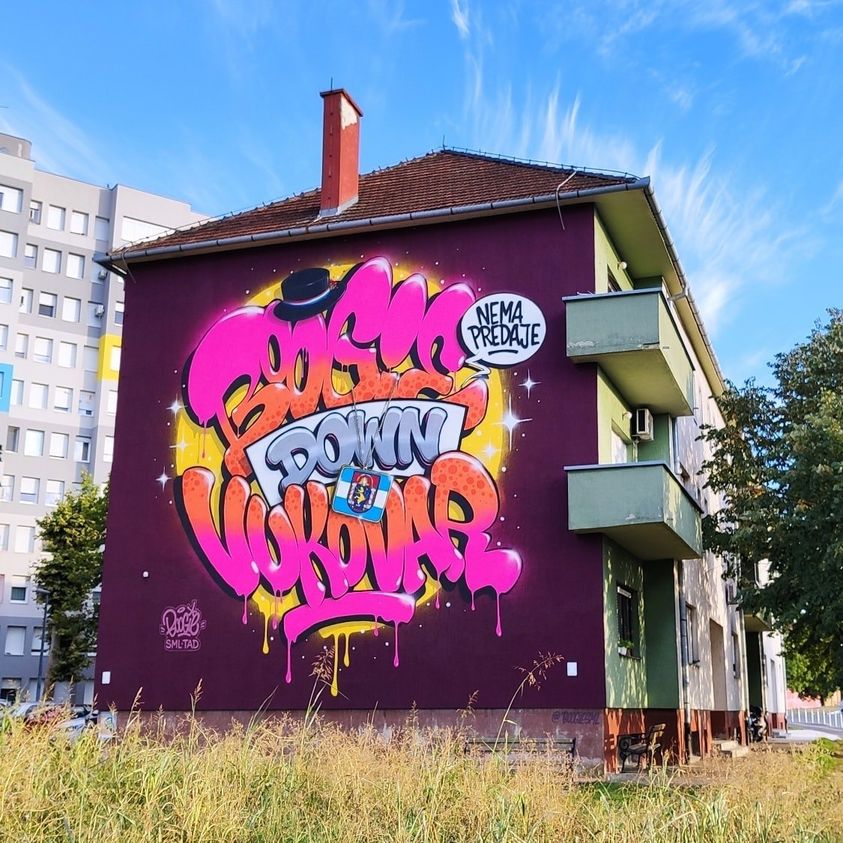
Boogie down Vukovar
Some 20 years ago, Boogie aka André Morgner formed the SML Crew in a region of eastern Germany not far from the Czech border. They've been active ever since, although Morgner himself moved to Switzerland. There, he's a now full-time artist, drawing his murals on walls of buildings, parks and offices, on commission for people like Google, Burton Snowboards and BMW. His pieces are vivid and contemporary in colour, but often take inspiration from the bragging tag work of vintage hip hop.
Tea Jurišić (Croatia)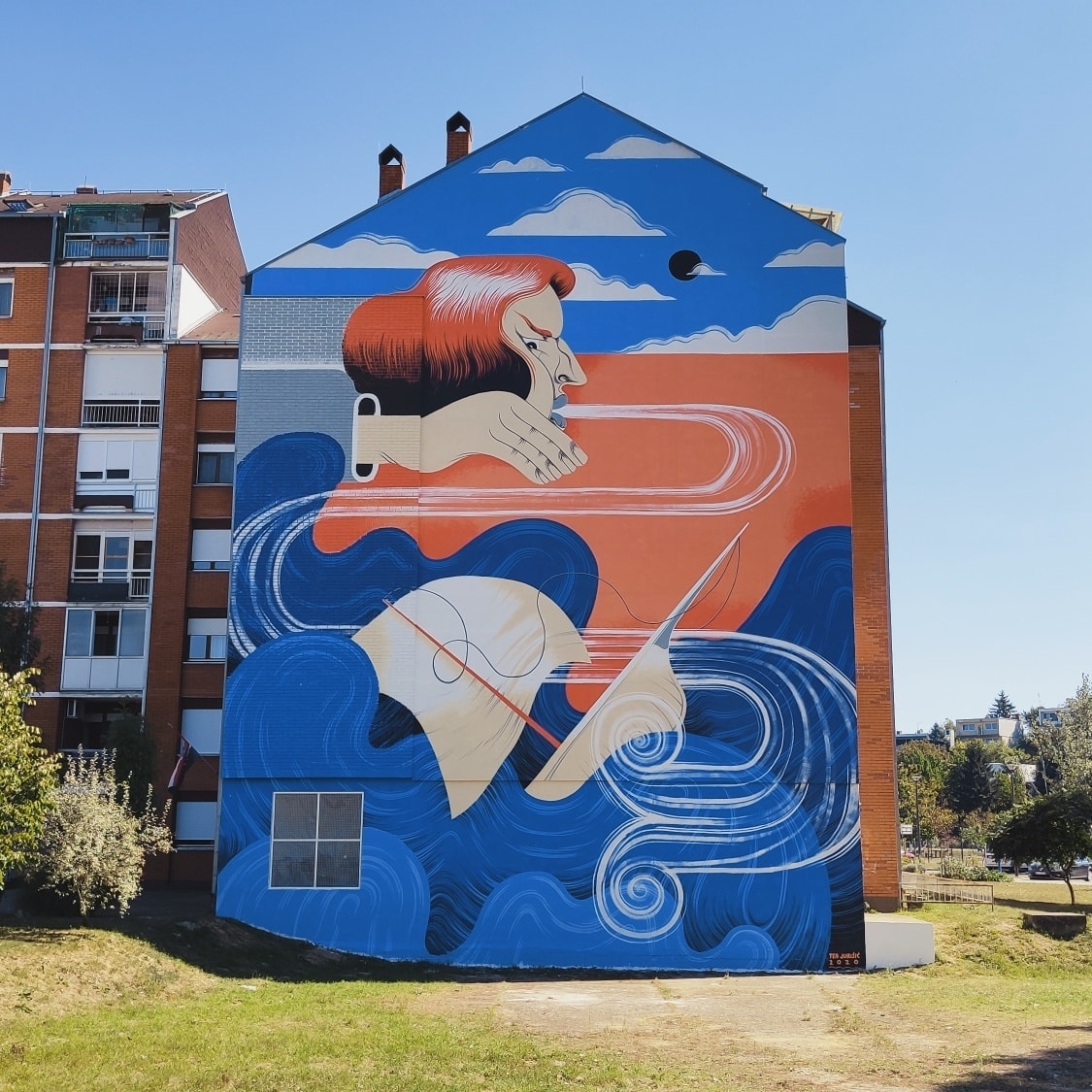
Bora
Having worked in many different modes of visual art, Tea Jurišić is, to many, known more for her drawings, paintings and illustrations than she is her street art. Yet, she has created various murals in Croatia, Slovenia, Italy and Norway. Since 2017 she has had 8 solo exhibitions in Croatia and overseas. She uses comedy and surrealism to add a playful edge to her simple storytelling.
"My challenge was a 300 square metre wall in the Olajnica neighbourhood, which I was painting between the 28th of August and the 3rd of September," said Tea. "The mural's name is Bora. It's the name of a fiercely strong wind that sometimes visits the coast of Croatia. I chose the name as I was trying to connect thematically two Croatian waters - the continental Danube river and the Adriatic sea. I relied on fresh colours that would bring a touch of summer to the gloomy days of winter that lie ahead. I tried to adapt the colours to the building, and the environment around the building. My experience in Vukovar was wonderful - from friendly people, a beautiful city and delicious food. It was an experience to remember for a lifetime."
Eugen Varzić (Croatia)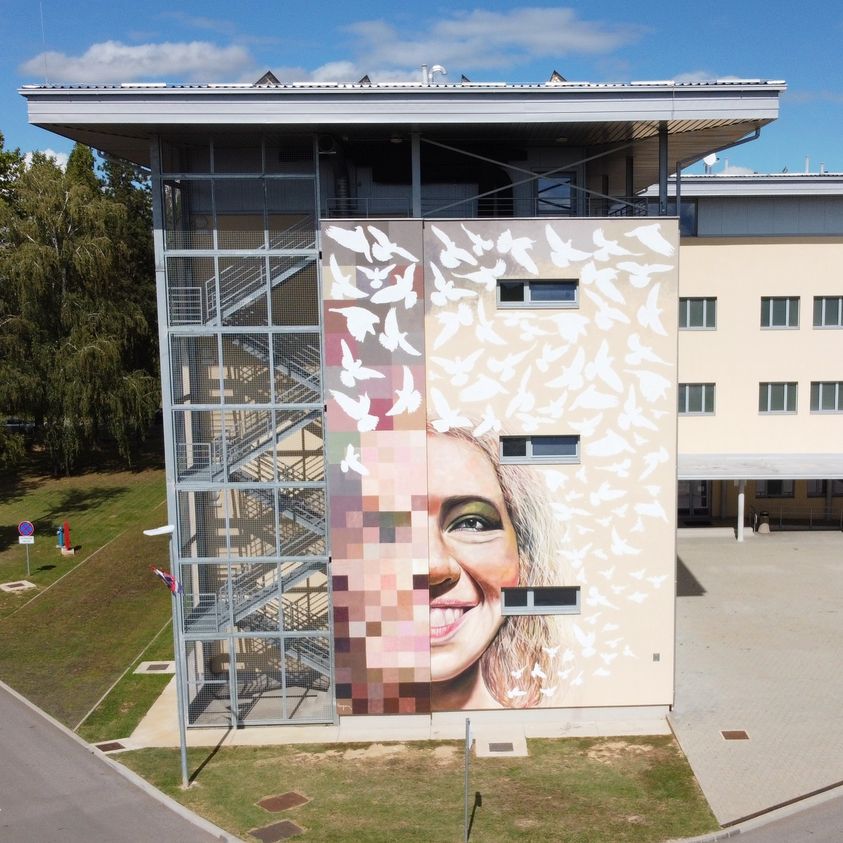
Future Freedom
A graduate of the Academy of Applied Arts in Rijeka, Eugen Varzić is something of a classicist operating inside wholly modern mediums. His paintings adorn city streets in Madrid, churches and the streets of his native Istria where, in Poreč, you'll also find his two mosaic sculptures, Trosjed and Konfin.
"This piece was a challange for me, because of the size, the positioning and the motif," Eugen said of his piece of Vukovar street art 2020. "The whole place used to be a military camp. After the fighting finished, they turned it into a memorial centre for the war, a kind of museum where you can see the planes, tanks, learn about Vukovar. Kids from all over Croatia come. There is a hostel where they can stay. When they asked me to paint this wall, because of where it is, that put some boundaries on my work. I had to think differently. This wall is not so easy to paint on – it's broken, it has windows, it's surrounded by steel, there are fire stairs."
"I decided on a half portrait of my daughter's smiling face. I wanted to show something happy and which looks forward into the future. Half of the face is pixalated, so it's clearly placed in the 21st century. I used squares within the piece because it's so connected to Croatia – you can see them on the shirts of the national team football players, on the Croatian flag. There are also 87 birds in the paintings. That number was chosen because there were 87 days of fighting before the town of Vukovar fell."
Arsek & Erase (Bulgaria)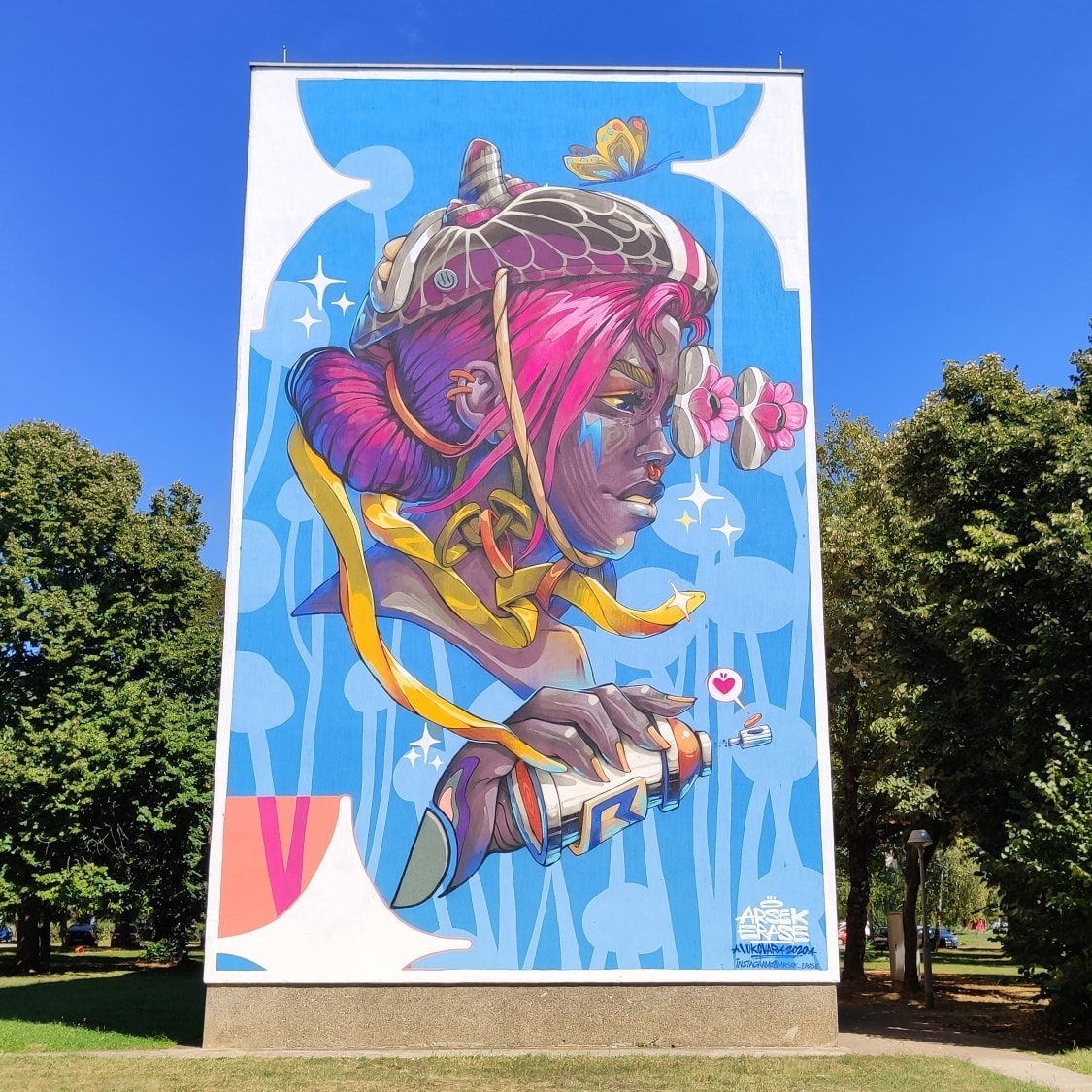
The Golden Snake
Operating as a duo for 20 years, Arsek & Erase create playful, bright and colourful images - and highly memorable characters - using illustration and surrealism. They have painted works all over Europe, their own native Bulgaria, and in Russia, China, Taiwan, El Salvador and the United States.
All photos Vukovar street art 2020 © VukovArt
For the latest travel info, bookmark our main travel info article, which is updated daily.
Read the Croatian Travel Update in your language - now available in 24 languages
PHOTOS: Amazing Zagreb Street Art And Art Installations
August 15, 2020 - Before next week's return of street art and art installation event Okolo, we look at some of the amazing Zagreb Street Art they've gifted us
Zagreb street art and art installation event Okolo (Around) returns to the Croatian capital next week. The event, which is supported by Zagreb Tourist Board, will hold its third installment over 10 days between Thursday 20 August and Sunday 30 August.
In preparation for the event, we look back at some of their vibrant contributions to the streets, parks and public spaces in Zagreb. Incredible images of their past works should give visitors an idea of what to expect – it's one of the public art events of the year and it's well worth visiting during its occurrence.
Some of Okolo's painted Zagreb Street Art works have taken place on ground level and are so large, they are best seen by drone

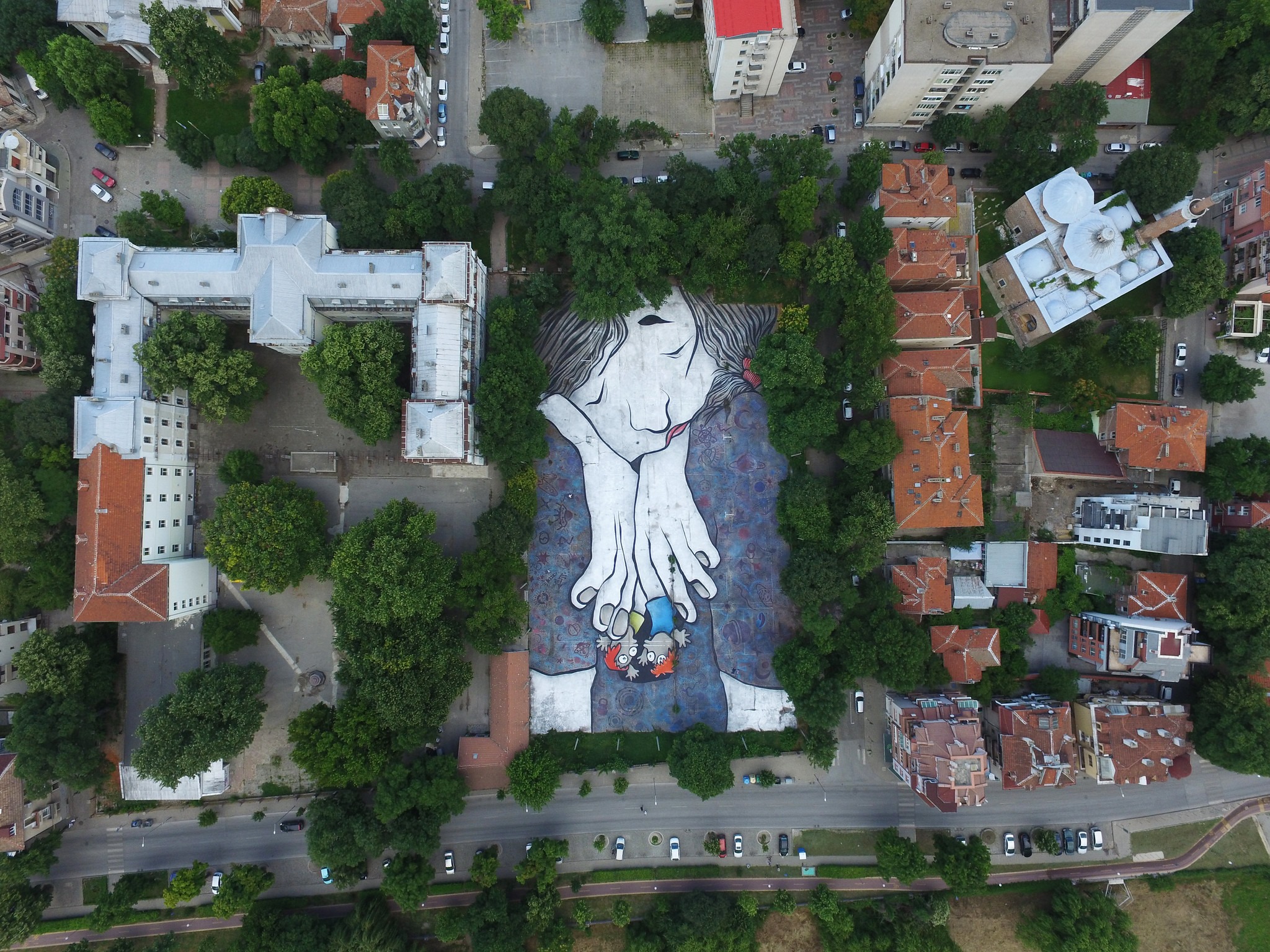
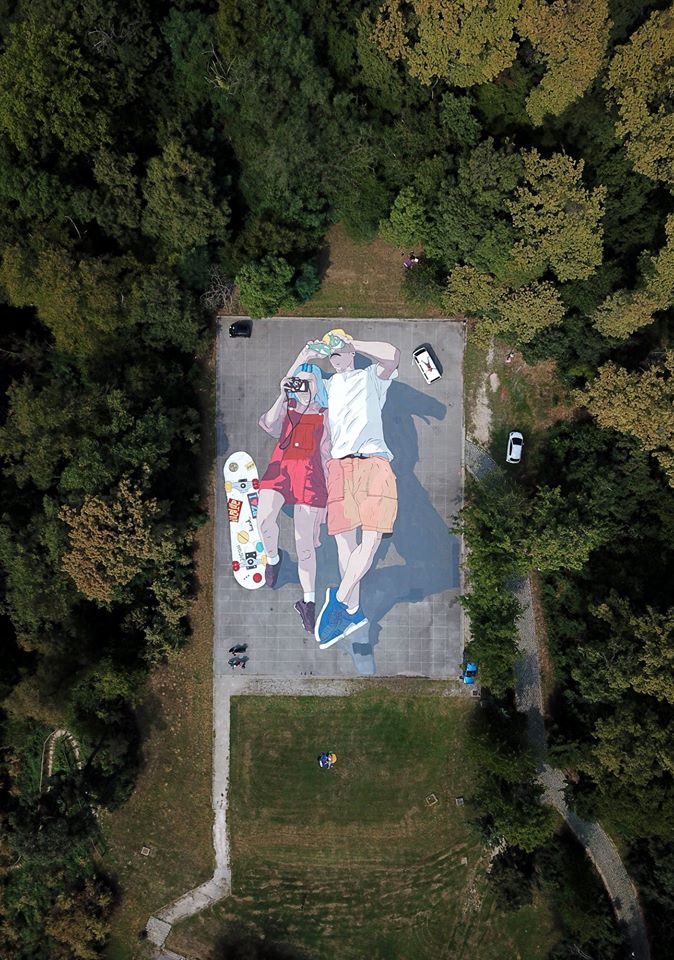
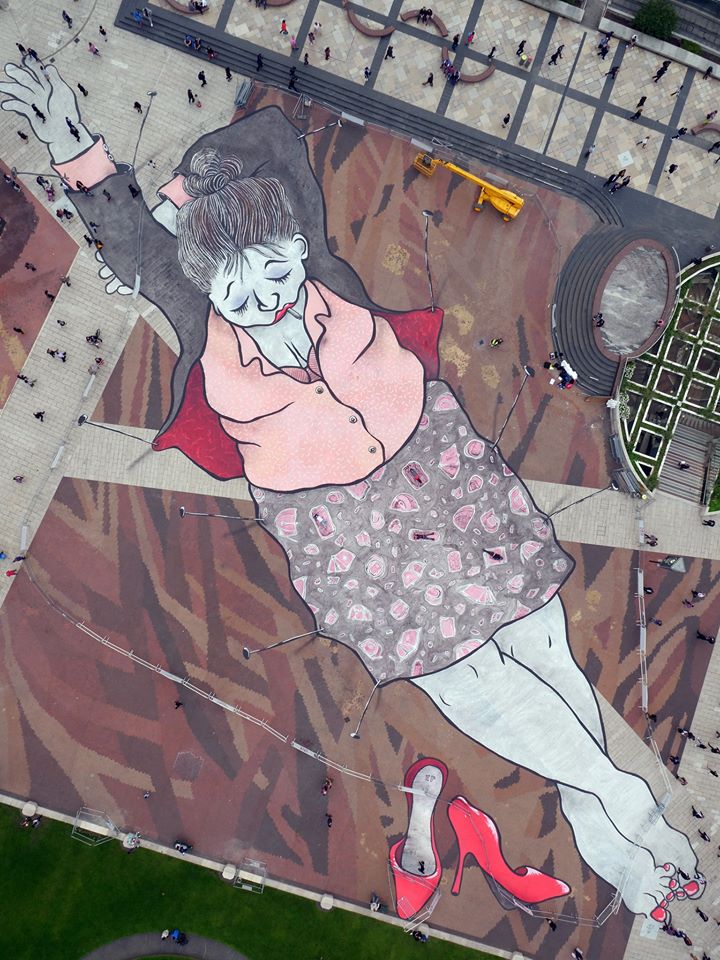
Photos © Okolo
Okolo's art interventions don't always take place on a grand scale - they've sometimes appeared in miniature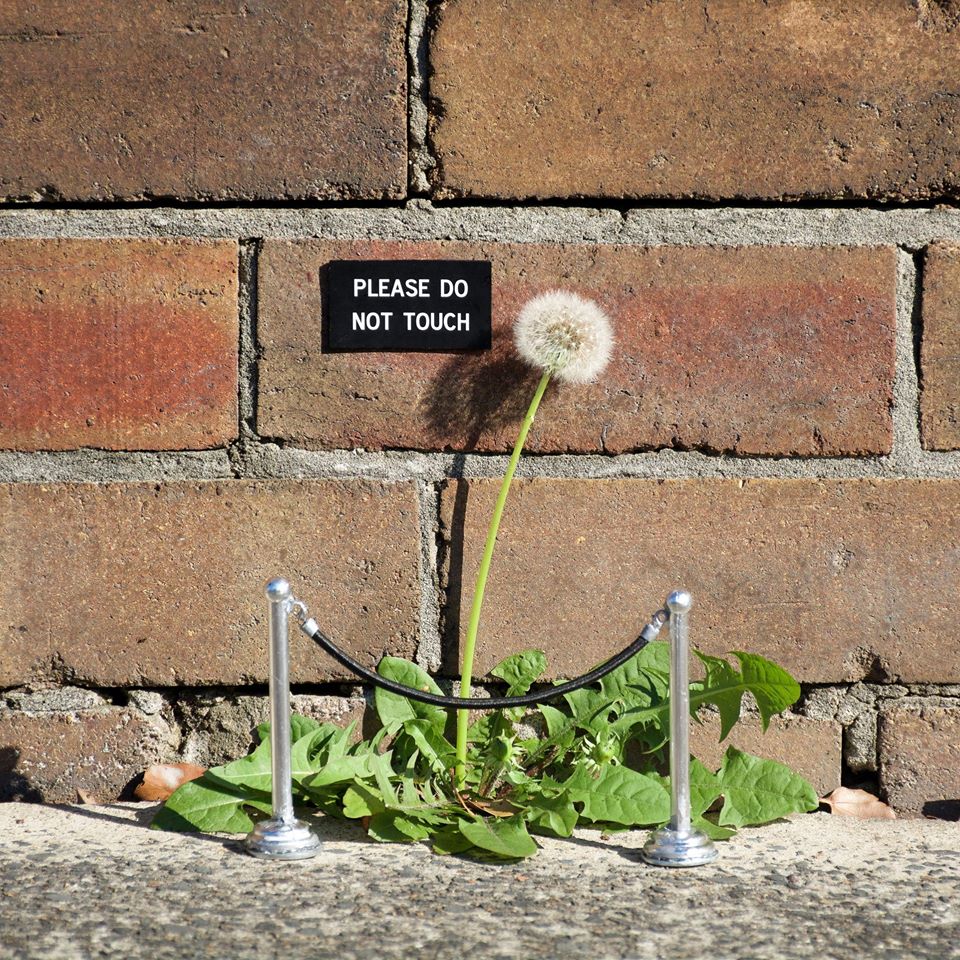
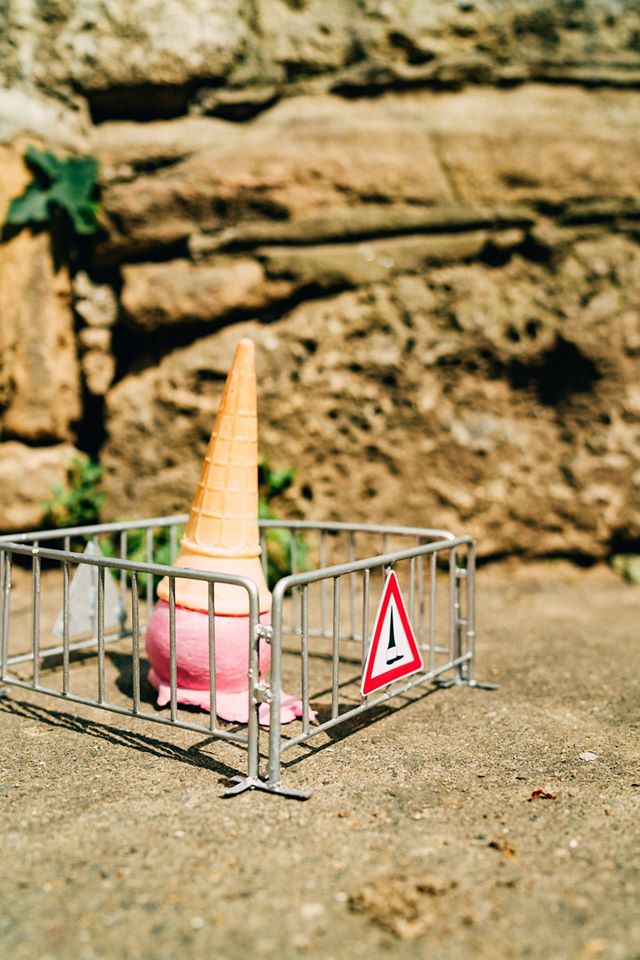
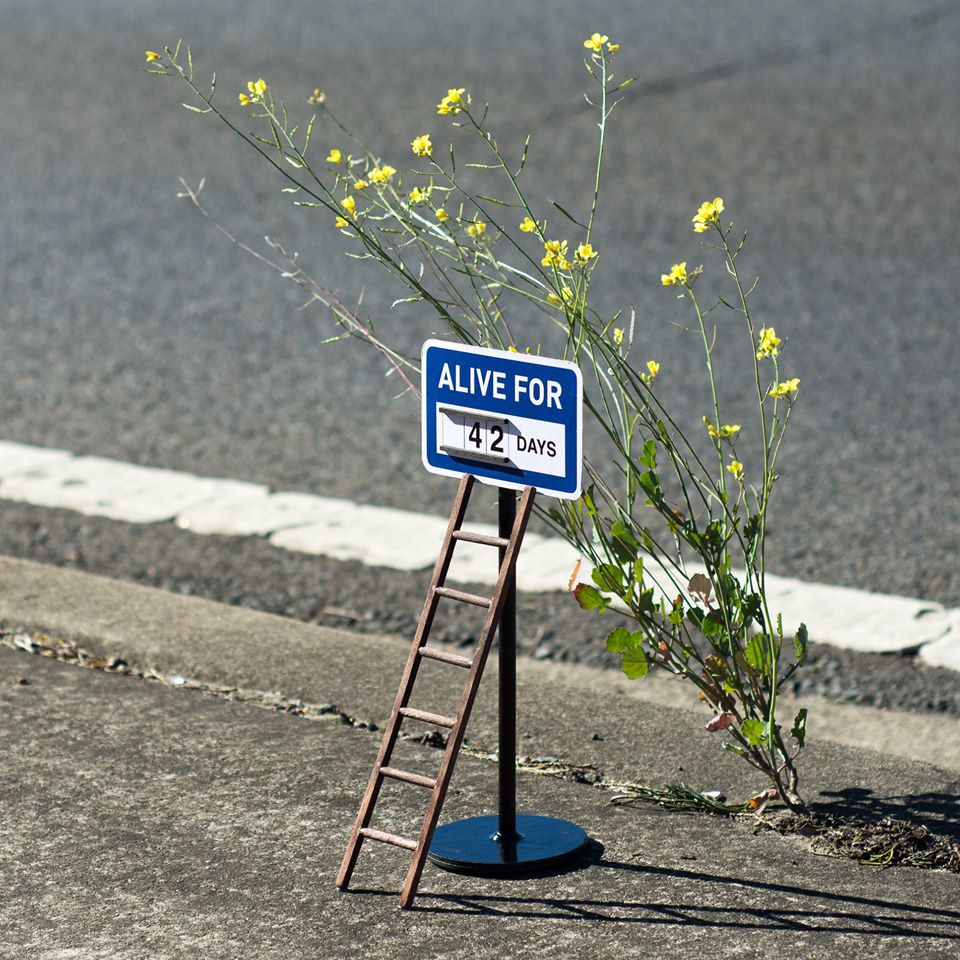
Photos © Okolo
In the past, Okolo artists have used light projections to add 3D-looking geometric shapes on top of natural backdrops around the city. Zagreb Street Art interventions in the city centre thoroughfares take on a more tangible form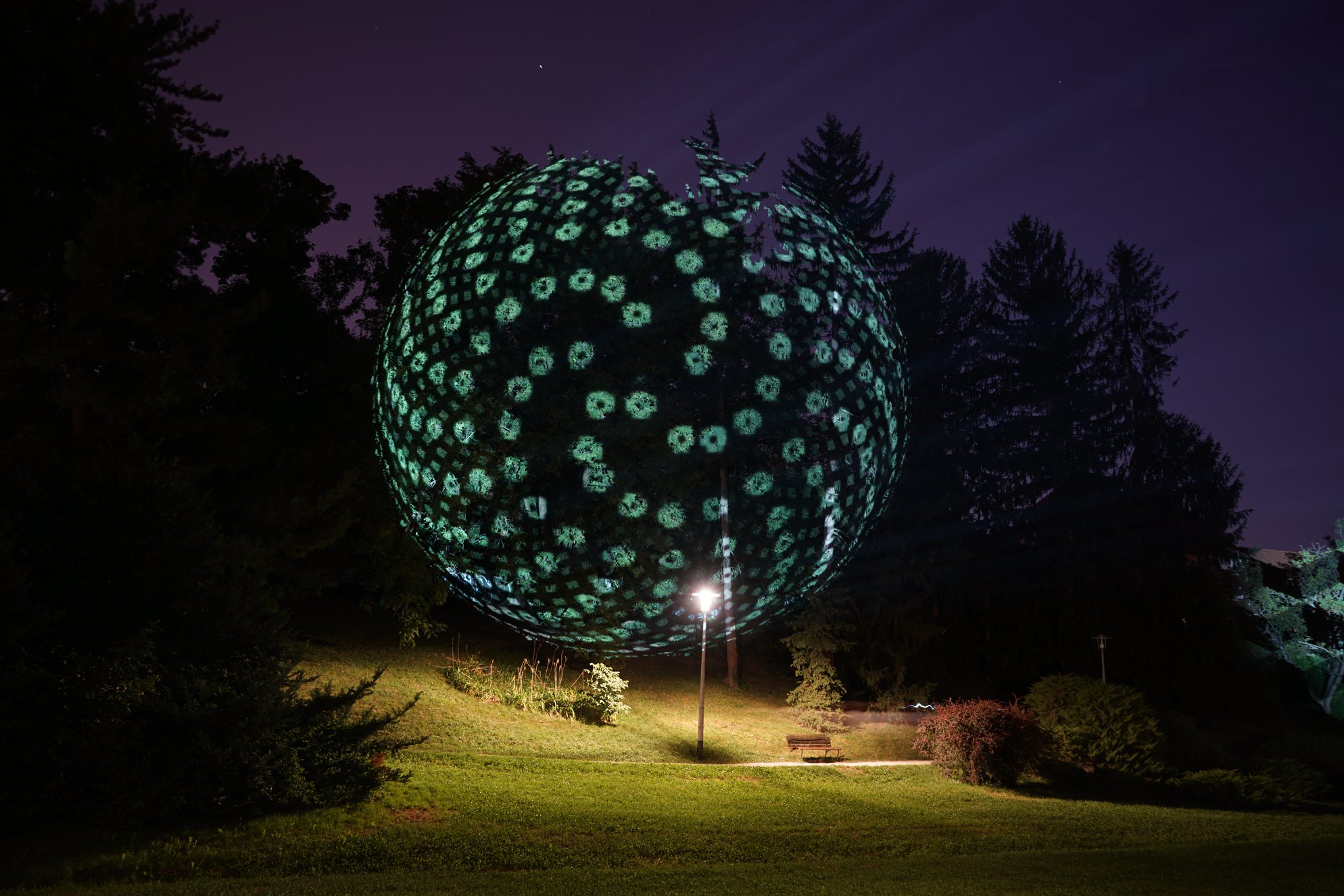

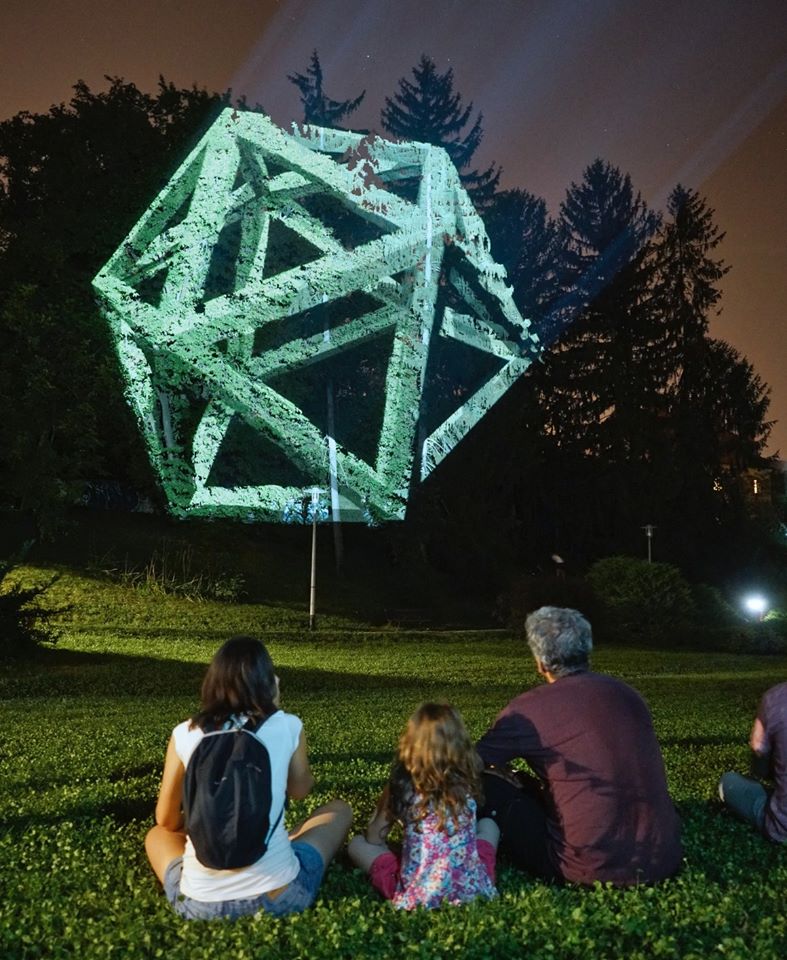
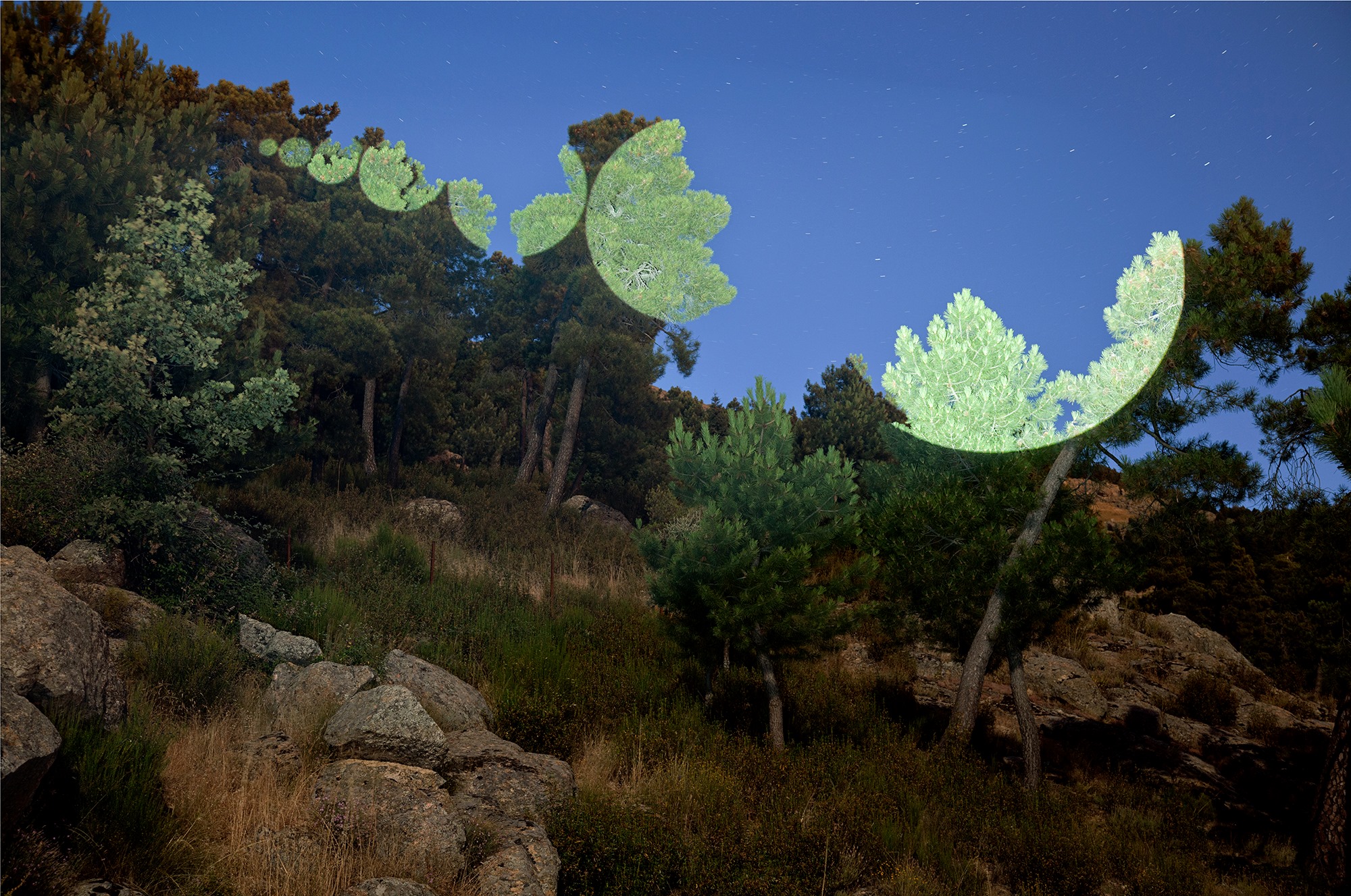
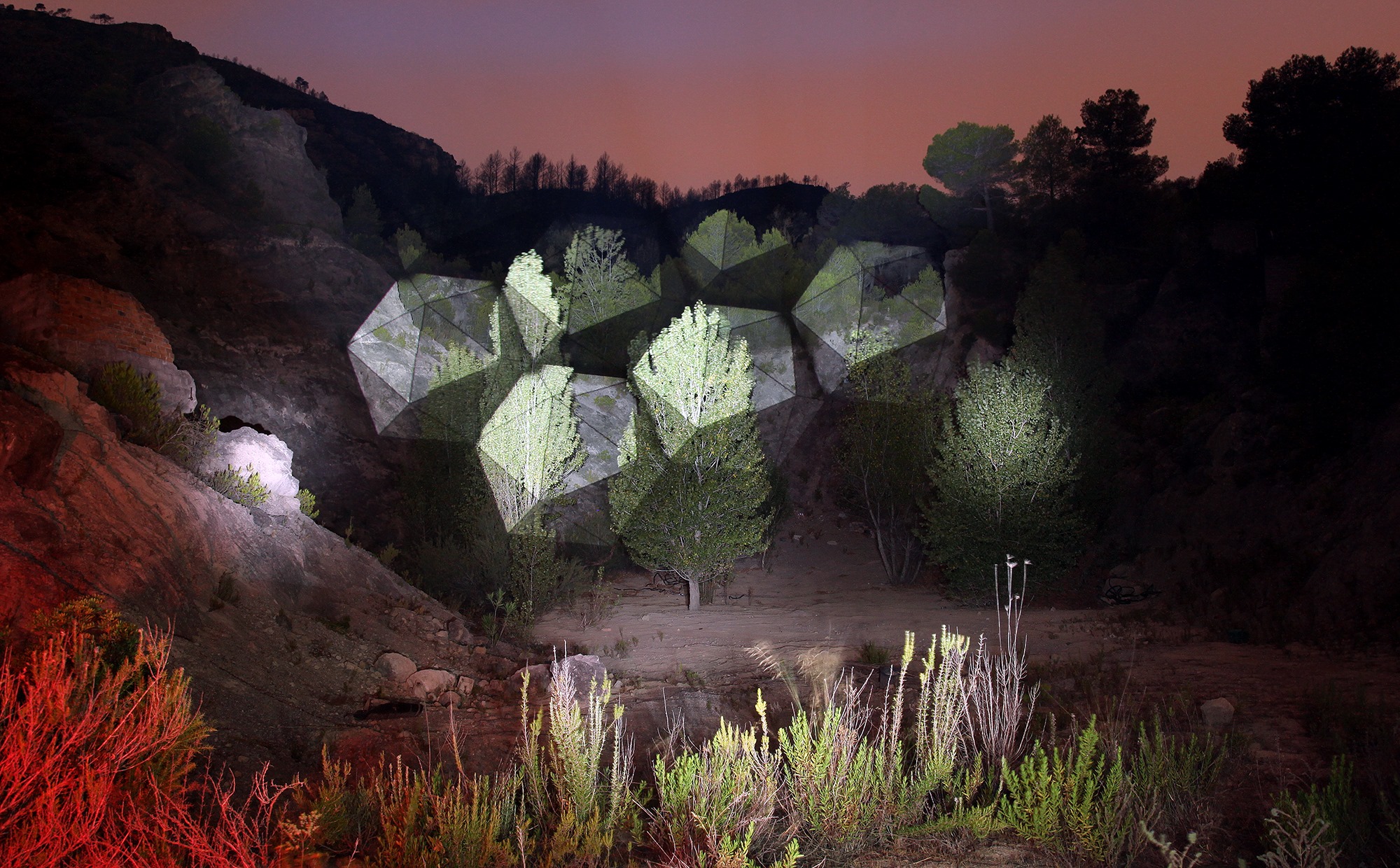
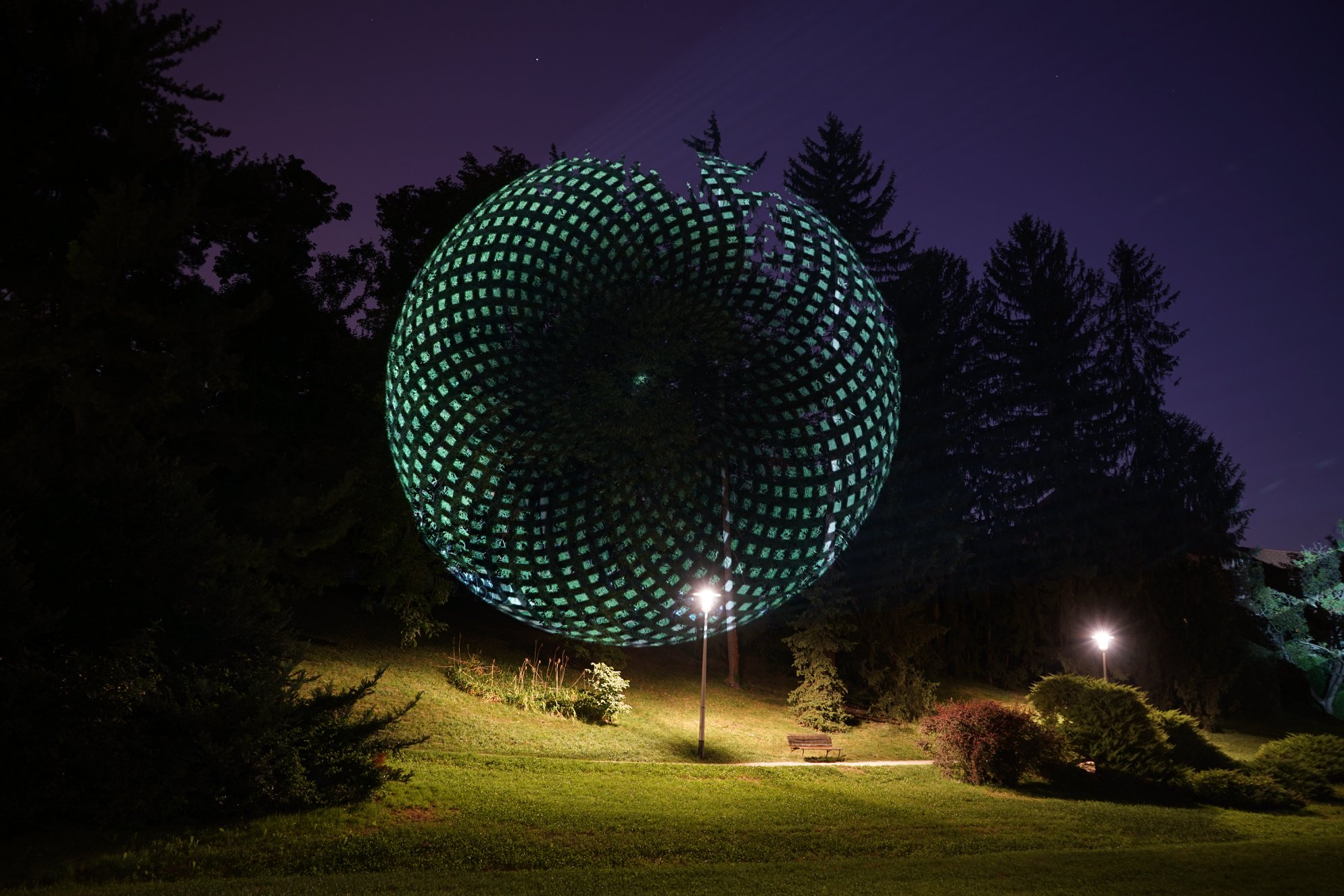
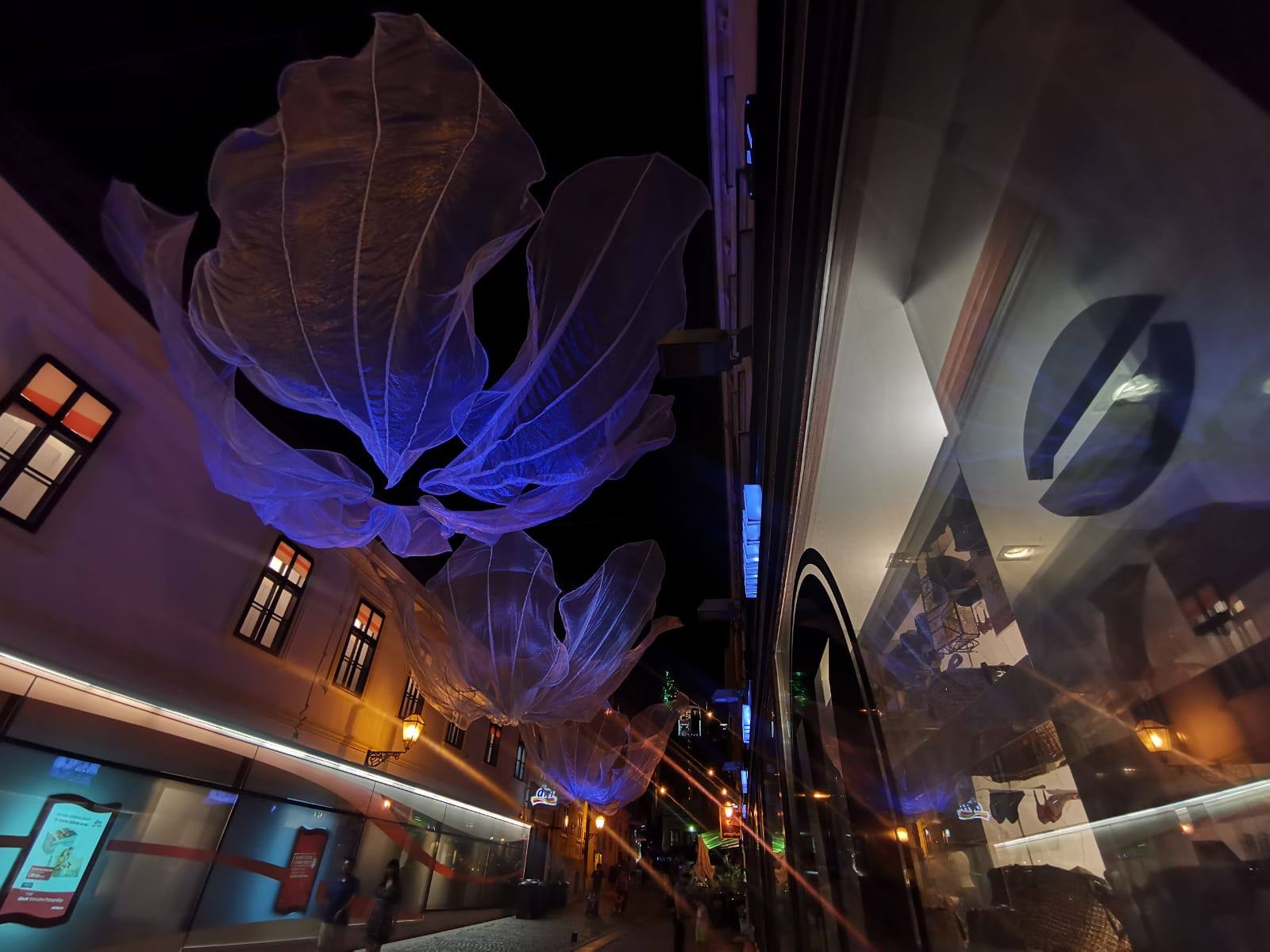
Photos © Okolo
Okolo artists responded to the 2020 earthquake with heartfelt Zagreb Street Art 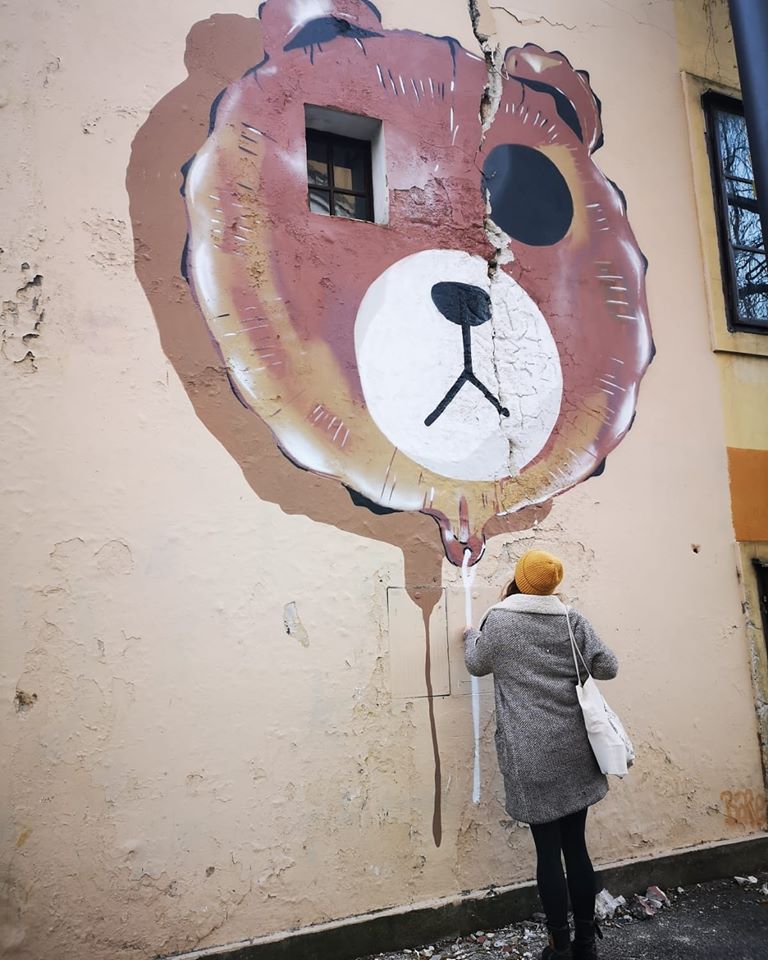

Photos © Okolo
Although not an Okolo project, some of the event's artists were involved in adding to the walls of Opatovina park, between Tkalčićeva and Opatovina ulica, during the COVID-19 lockdown. The new works were again supported by Zagreb Tourist Board












Zagreb Street Art Photos © Ernest Mazarekić / Art Park / Zagreb Tourist Board
In Croatia Public Art Is Destroyed And Replaced With... Nothing
July 17, 2020 – Zagreb's residents have voiced outrage at the removal of a beloved work of art, replaced by nothing. But is this really anything new for Croatia Public Art?
Over the last 24 hours, residents of Zagreb have voiced their outrage at the removal of one of the city's best-loved pieces of street art. 'The Little Prince' had sat in Čulinečka ulica in the Dubrava neighbourhood since 2016. But now it is no more.
Inspired by French writer Antoine de Saint-Exupéry's children's novel - one of the world's best-selling and most-translated books – the mural was placed at the end of a busy underpass. As such, it was a colourful piece of Croatia Public Art, a welcome for motorists entering the drab, grey concrete of the city, stuck in traffic, on their way to another grueling day of work.
Updates to the story have revealed the culprits to be fans of the local football team, Dinamo Zagreb. They had been given permission to paint yet more murals of their logos and slogans on the rest of the underpass, under the provision – according to neighbourhood authorities who granted it – they did not touch the existing artwork. But they did. Where once was placed an inspiring and cheering mural, there now sits nothing.
Representatives of the largest organised group of Dinamo supporters – known as Bad Blue Boys – have, at the time of writing, failed to comment on the affair. Perhaps they weren't aware of the Dubrava sect's actions? They certainly don't appear capable of reprimanding their own members. So much for claiming to be 'organised'. Or perhaps they're just exhausted by all the bad press?
In recent memory, the Bad Blue Boys have repeatedly hit the headlines and, to be fair, not always for such reprehensible, thoughtless behaviour. Following Zagreb's 2020 earthquake, supporters came together as some of the first responders at the scene of a hospital, where they assisted in removing infants from the damaged wards. Bravo! But, then young supporters were pictured with a banner bearing the scandalous words “We will f*ck Serbian women and children”
Representatives from the Bad Blue Boys were quick to denounce the disgusting banner. Bravo! However, they implied the wording was only problematic as it pertained to pedophilia. Eek. And, within 24 hours, the same voices were raging about anti-Croat slogans used by Serbian football fans, in that classically Balkan method of argument where you ignore the issue at hand, point somewhere else and say “But, they are much worse!”
With the removal of 'The Little Prince', this time they seem to have gone too far. All but the most insecure and ardent of supporters have turned on the Bad Blue Boys, labelling them hooligans, idiots and selfish. Comments under news items covering the story are filled with angry criticism for the football fans.
“They like to paint themselves as hooligans who we should all fear,” one angry Zagreb resident who wished to remain anonymous, told TCN, “but really they can only paint their retarded logos. They piss all over the city like feral dogs marking their territory. Their murals are already on walls everywhere, why destroy this art? Everyone loved it! They are not even real football fans, let alone hooligans. They boycotted (attending) because of the club's (allegedly) corrupt management, but as soon as the club released 1 Euro tickets, stadium was again full. For 20 years they shout and spray (paint) fake anger over corruption at the club, but they don't do a thing about it. The same people are still in charge and the stadium is full of these so-called fans. Can you imagine that happening in a football club in your country, in Spain, in Argentina, in Brazil? No. Impossible. Such corruption would not last a year before fans removed them. The corrupt would be assassinated if that's what is needed (to remove them). They are not Bad Blue Boys, they are Big Blue Babies. They are dogs with loud voice but absolutely no teeth”
The anger of Zagreb residents is palpable. But, can we blame the pointless and saddening idiocy of this affair on the Bad Blue Boys? Like the disgusting slogan on the teenage supporters' banner, such rhetoric does not appear out of thin air. Actions like these are sadly learned. And the country has an established history of needlessly destroying Croatia Public Art and replacing it with... nothing.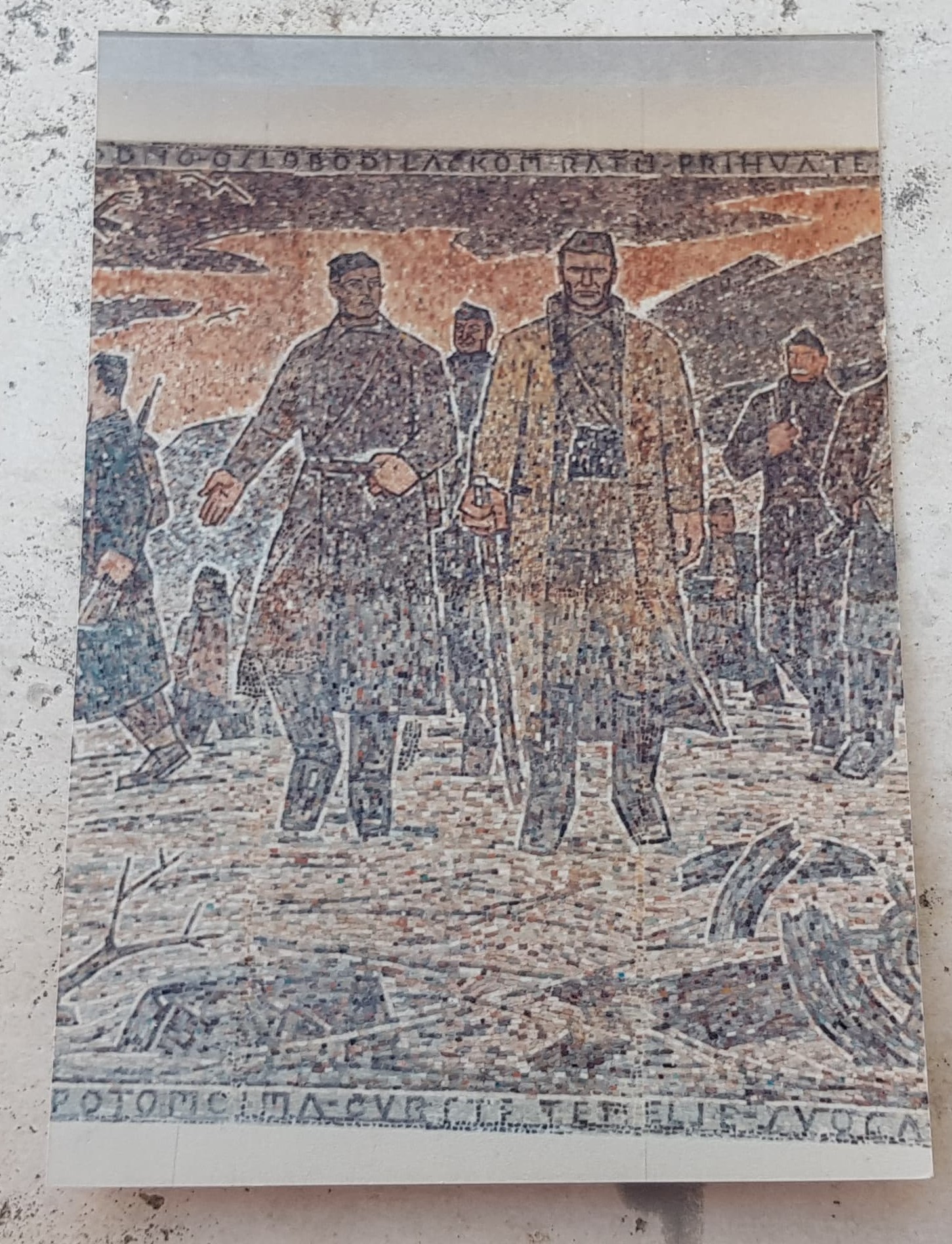
A photograph of a small section of Ivan Joko Knežević's mosaic in Omiš, the only record in colour remaining of this piece of Croatia Public Art © Knežević family archives
The long-cursed bottleneck on the Jadranska magistrala (Adriatic highway), the Dalmatian town of Omiš, is now fighting to attract the kind of footfall that its neighbours Makarska and Split experience during summer. And, sitting at the mouth of the Cetina river, it sure does have a lot to offer. However, one thing it no longer has to offer is the amazing mosaic created by renowned local artist Ivan Joko Knežević on one of the town's most prominent squares. Today, the square is known as Trg Franje Tuđmana (but, of course it is – it's probably very close to a street called Ante Starčevića too) and where the beautiful mosaic once stood, there sits a blank wall. This piece of Croatia Public Art was removed under a wave of nationalist sentiment following Croatia's war of independence, solely because one of the local scenes it contained depicted Partizan soldiers (who fought to recapture for its inhabitants this very area from the Nazi-allied Italians it had been gifted to). Now, there is no reason for tourists to come to this square other than the drinks on offer. They sit and sip and look at nothing.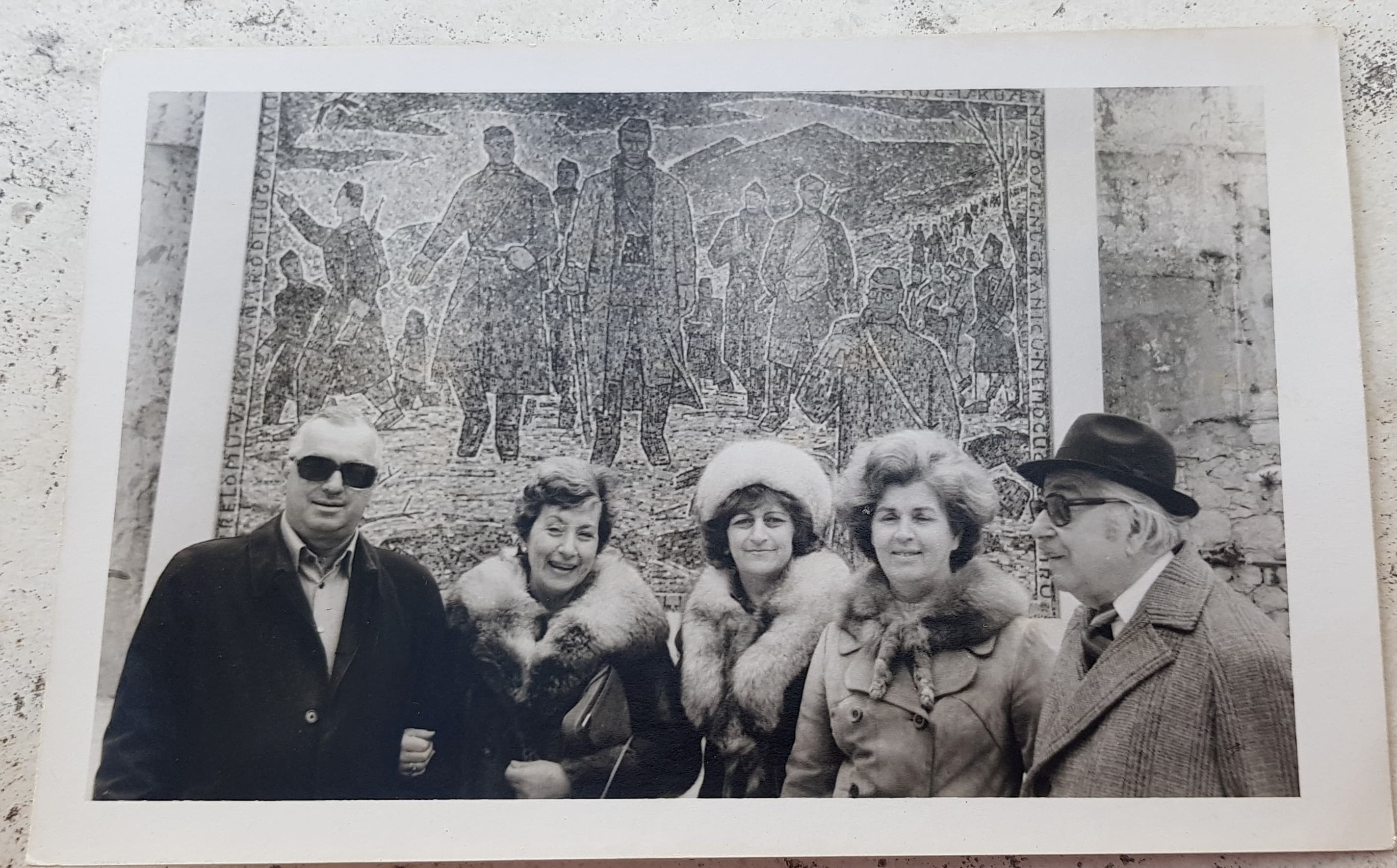
The wife of Ivan Joko Knežević and friends, standing in front of the mosaic in Omiš after the unveiling of this work of Croatia Public Art © Knežević family archives
This is not the only time the work of the rather brilliant Ivan Joko Knežević has undergone such a fate. Croatia's only true master of mosaic operating in the 1950s, 1960s and 1970s, his incredible 'Narod u svojoj težnji k stalnom napretku' mosaic was a proud feature adorning the walls of the former military hospital in Križine, Split until Croatian independence. Thereafter, it sat behind a closed curtain for 15 years until some of the city's more enlightened residents insisted the curtain be removed. Happily, this work of Croatia Public Art is now back on display.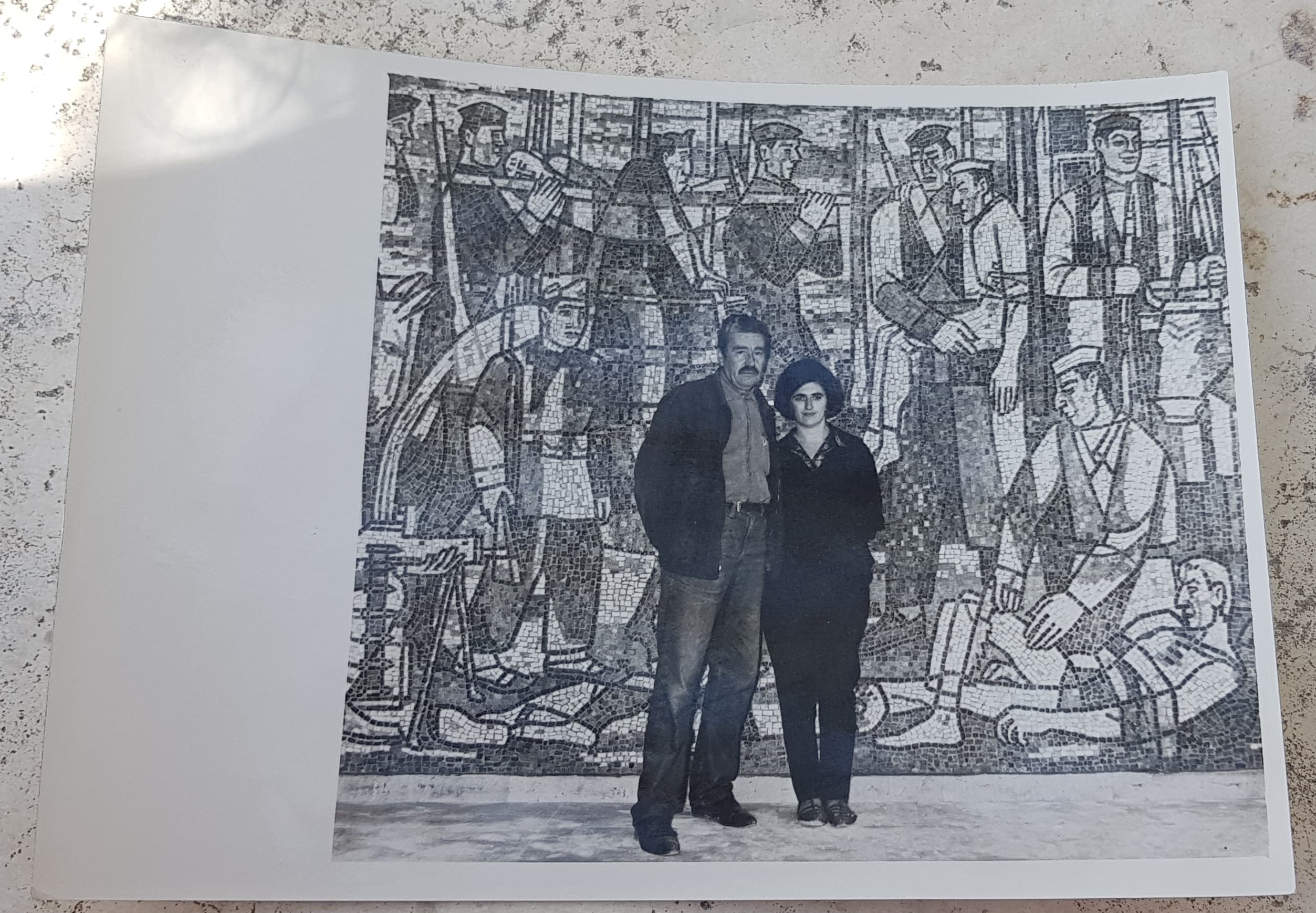
Ivan Joko Knežević standing in front of his Croatia Public Art mosaic at the former military hospital in Split © Knežević family archives
Spomenik narodu-heroju Slavonije (Monument to the hero people of Slavonia) was a former World War II memorial by Vojin Bakić. So gigantic was this stainless steel monolith of gratitude that it took over a decade to build. After completion, it was the largest postmodern sculpture in the world. It took a concerted but incomparable five-day effort by bored soldiers with leftover explosives to destroy it following the end of Croatia's war of independence. Today, such structures of art are recognised and hugely appreciated by many. Fans from all over the world travel to see them. Located in Kamenska, Brestovac, one of the most deprived areas of Slavonia, there is now nothing for the tourists to come and see except the lubenica (watermelon) growing slowly. So, they do not come.
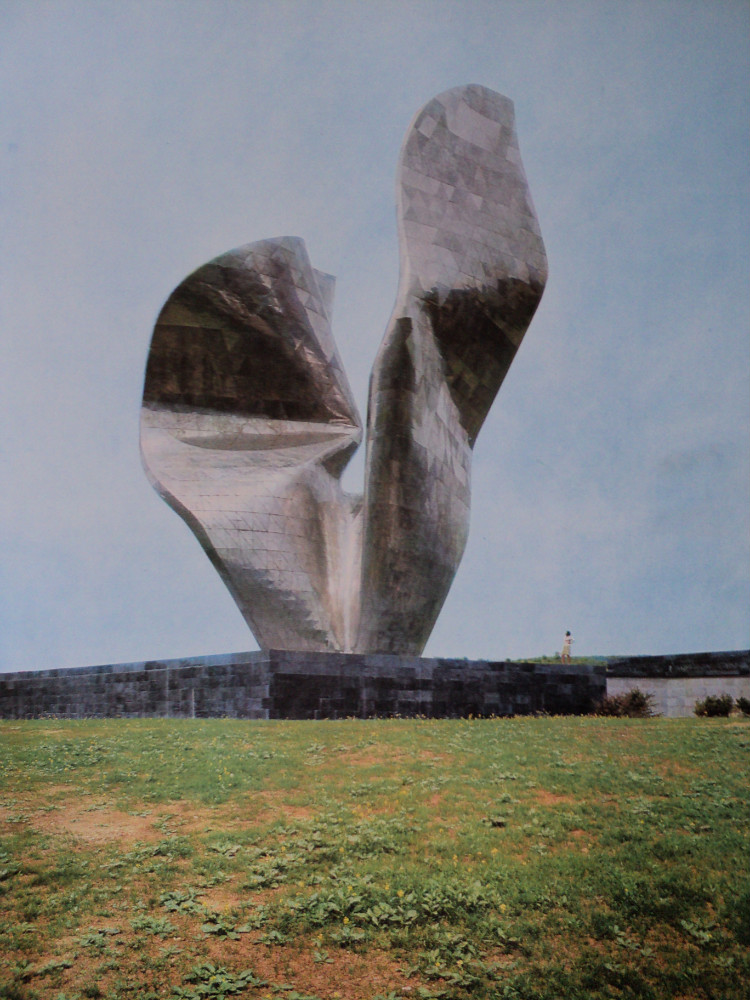
Spomenik narodu-heroju Slavonije (Monument to the hero people of Slavonia) by Vojin Bakić. Built over 10 years, it was the largest postmodern sculpture in the world. It took five days to destroy with explosives © Public domain
Of course, the removal of the latter examples are rooted in a change of regime and political climate. Whether you approve of the recent removal of statues of slave traders in England in response to the Black Lives Matter movement, the famous toppling of Saddam Hussein's statue following the liberation of Baghdad or the destruction of world heritage sites like Palmyra by Isis depends only on your personal perspective and politics. It is all the same thing. The removal of Zagreb's 'Little Prince' just seems like thoughtless vandalism in comparison.
Neighbourhood authorities in Dubrava have promised the return of the much-loved mural, a feat complicated by travel restrictions as its author lives in Novi Sad, Serbia. For now, city residents will look at nothing and curse the shortsightedness of the 'Big Blue Babies' who removed it. But, can they really be so harshly blamed in a country with a history for such wanton destruction of art that is never replaced?
Communal Services Refuse to Remove Five Pointed Star Graffiti in Primošten
Unwanted and disrespectful graffiti appears on a momument dedicated to the victims of all totalitarian regimes in Primošten, and it seems that the mayor isn't in any rush to get rid of it...
Get Him, Mike! Medieval Graffiti in Istria
Whatever you might think, graffiti are not a medium exclusive to the modern age
Another Impressive New Mural for Zagreb: Technicolor Dream
Popular Zagreb street artists Lonac and Chez186 collaborated on an impressive piece of artwork for the Ohoho Festival at AKC Media in Zagreb.


